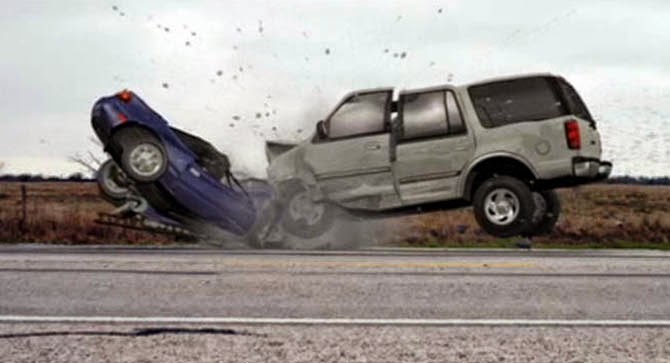 Screenshot from a sample 3D car crash animation created by Kineticorp; visit their website for the video.
Screenshot from a sample 3D car crash animation created by Kineticorp; visit their website for the video.
(Note: An earlier version of this interview previously appeared on Venue).
Ellis Barstow, the protagonist in Nick Arvin‘s most recent novel, is a reconstructionist: an engineer who uses forensic analysis and simulation to piece together, in minute detail, what happened at a car crash site and why.
The novel is based on Arvin’s own experiences in the field of crash reconstruction; Arvin thus leads an unusual double-life as a working mechanical engineer and a successful author of literary fiction.
As part of our Venue project, Nicola Twilley and I sat down with Arvin at the Lighthouse Writers Workshop in Denver for an afternoon of conversation and car crash animations.
Flipping open his laptop, Arvin kicked things off by showing us a kind of greatest hits reel drawn from his own crash reconstruction experience. Watching the short, blocky animations—a semi jack-knifing across the center line, an SUV rear-ending a silver compact car, before ricocheting backward into a telephone pole—was surprisingly uncomfortable.

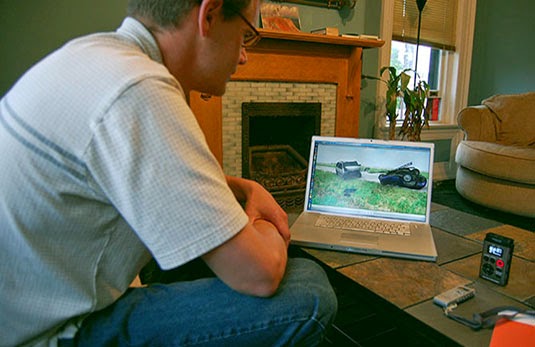 [Images: Nick Arvin demonstrates simulated car crashes; photos by Nicola Twilley].
[Images: Nick Arvin demonstrates simulated car crashes; photos by Nicola Twilley].
As he hit play, each scene was both unspectacular and familiar—a rural two-lane highway in the rain, a suburban four-way stop surrounded by gas stations and fast-food franchises—yet, because we knew an impact was inevitable, these everyday landscapes seemed freighted with both anticipation and tragedy.
The animations incorporated multiple viewpoints, slowing and replaying the moments of impact, and occasionally overlaying an arrow, scale, or trajectory trace. This layer of scientific explanation provided a jarring contrast to the violence of the collision itself and the resulting wreckage—not only of the scattered vehicles, but of entire lives.
As we went on to discuss, it is precisely this disjuncture—between the neat explanations provided by laws of physics and the random chaos of human motivation and behavior—that The Reconstructionist takes as its narrative territory.
Our conversation ranged from the art of car crash forensics to the limits of causality and chance, via feral pigs, Walden Pond, and the Higgs boson. An edited transcript appears below.
Nicola Twilley: Walk us though how you would build and animate these car crash reconstructions.
Nick Arvin: In the company where I worked, we had an engineering group and an animation group. In the engineering group, we created what we called motion data, which was a description of how the vehicle moved. The motion data was extremely detailed, describing a vehicle’s movement a tenth of a second by a tenth of a second. At each of those points in time we had roll, pitch, yaw, and locations of vehicles.
To generate such detailed data, we sometimes used a specialized software program⎯the one we used is called PC-Crash⎯or sometimes we just used some equations in Excel.
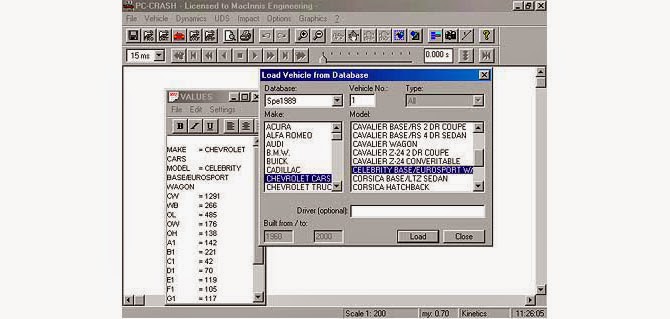 A screenshot from the PC-Crash demo, which boasts that the “Specs database contains vehicles sold in North America from 1972 to the present,” and that “up to 32 vehicles (including cars, trucks, trailers, pedestrians, and fixed objects such as trees or barriers) can be loaded into a simulation project.”
A screenshot from the PC-Crash demo, which boasts that the “Specs database contains vehicles sold in North America from 1972 to the present,” and that “up to 32 vehicles (including cars, trucks, trailers, pedestrians, and fixed objects such as trees or barriers) can be loaded into a simulation project.”
When you’re using PC-Crash, you start by entering a bunch of numbers to tell the program what a vehicle looks like: how long it is, where the wheels are relative to the length, how wide it is, where the center of gravity is, how high it is, and a bunch of other data I’m forgetting right now.
Once you’ve put in the parameters that define the vehicle, it’s almost like a video game: you can put the car on the roadway and start it going, and you put a little yaw motion in to start it spinning. You can put two vehicles in and run them into each other, and PC-Crash will simulate the collision, including the motion afterward, as they come apart and roll off to wherever they roll off to.
We then fed that motion data to the animators, and they created the imagery.
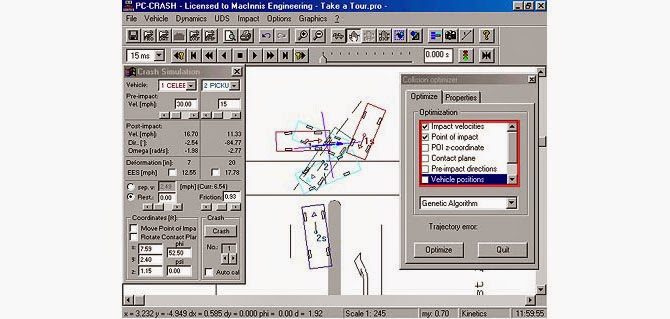
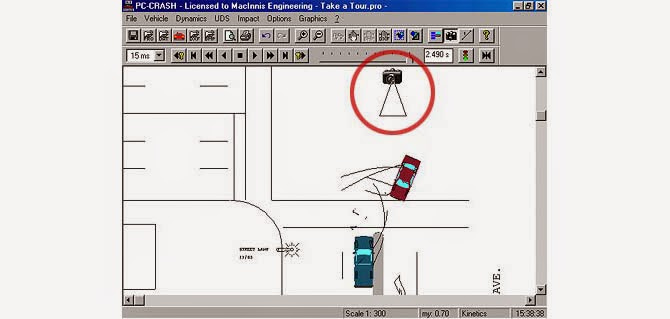 Screenshots of PC-Crash‘s “Collision Optimizer.” As the demo promises, “in PC-Crash 3D, the scene can be viewed from any angle desired.”
Screenshots of PC-Crash‘s “Collision Optimizer.” As the demo promises, “in PC-Crash 3D, the scene can be viewed from any angle desired.”
Often, you would have a Point A and a Point B, and you would need the animation to show how the vehicle got from one point to the other.
Point A might be where two vehicles have crashed into each other, which is called the “point of impact.” The point of impact was often fairly easy to figure out. When vehicles hit each other—especially in a head-on collision—the noses will go down and gouge into the road, and the radiator will break and release some fluid there, marking it.
Then, usually, you know exactly where the vehicle ended up, which is Point B, or the “point of rest.”
But connecting Points A and B was the tricky part.
Twilley: In real life, are you primarily using these kind of animations to test what you think happened, or is it more useful to generate a range of possibilities of which you can then look for evidence on the ground? In the book, for example, your reconstructionists seem to do both, going back and forth between the animation and the actual ground, generating and testing hypotheses.
Arvin: That’s right. That’s how it works in real life, too.
Sometimes we would come up with a theory of what happened and how the vehicles had moved, and then we’d recreate it in an animation, as a kind of test. Generating a realistic-looking animation is very expensive, but you can create a crude version pretty easily.
We’d watch the animation and say, “That just doesn’t look right.” You have a feel for how physics works; you can see when an animation just doesn’t look right. So, very often, we’d look at an animation and say to ourselves: we haven’t got this right yet.
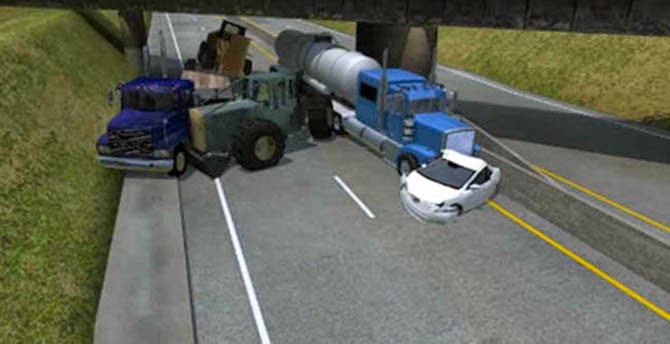 Screenshot from a sample 3D car crash animation created by Kineticorp; visit their website for the video.
Screenshot from a sample 3D car crash animation created by Kineticorp; visit their website for the video.
One of the challenges of the business is that, when you’re creating an animation for court, every single thing in it has to have a basis that’s defensible. An animation can cost tens of thousands of dollars to generate, and if there is one detail that’s erroneous, the other side can say, “Hey, this doesn’t make sense!” Then the entire animation will be thrown out of court, and you’ve just flushed a lot of money down the toilet.
So you have to be very meticulous and careful about the basis for everything in the animation. You have to look at every single mark on the vehicle and try to figure out exactly where and how it happened.
In the novel there is an example of this kind of thinking when Boggs shows Ellis how, when looking at a vehicle that has rolled over, you literally examine each individual scratch mark on the vehicle, because a scratch can tell you about the orientation of the vehicle as it hit the ground, and it can also tell you where the vehicle was when the scratch was made, since asphalt makes one kind of scratch, while dirt or gravel will make a different type of scratch.
For one case I worked on—a high-speed rollover where the vehicle rolled three or four times—we printed out a big map of the accident site. In fact, it was so big we had to roll out down the hallway. It showed all of the impact points that the police had documented, and it showed all of the places where broken glass had been deposited as the vehicle rolled. We had a toy model of the car, and we sat there on the floor and rolled the toy from point to point on the map, trying to figure out which dent in the vehicle corresponded to which impact point on the ground.
I remember the vehicle had rolled through a barbed wire fence, and that there was a dent in one of the doors that looked like a pole of some kind had been jammed into the sheet metal. We figured it had to be one of the fence posts, but we struggled with it for weeks, because everything else in the roll motion indicated that, when the car hit the fence, the door with the dent in it would have been on the opposite side of the vehicle. We kept trying to change the roll motion to get that door to hit the fence, but it just didn’t make sense.
Finally, one of my colleagues was going back through some really poor-quality police photographs. We had scarcely looked at them, because they were so blurry you could hardly see anything. But he happened to be going back through them, and he noticed a fireman with a big crowbar. And we realized the crowbar had made the dent! They had crowbarred the door open.
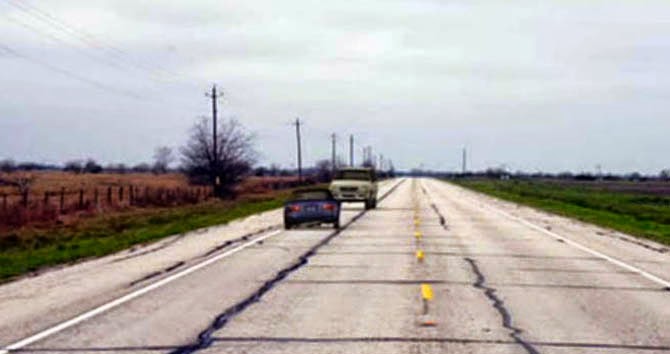
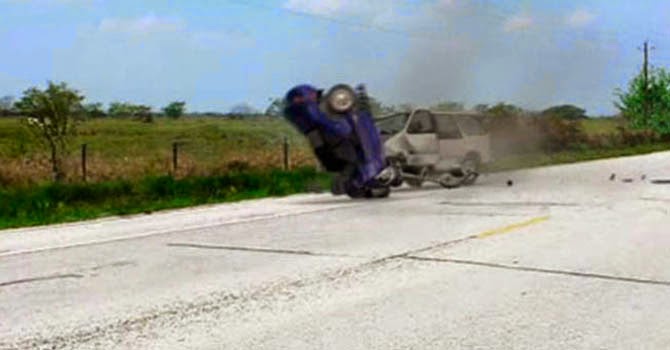 Screenshots from sample 3D car crash animations created by Kineticorp; visit their website for the video.
Screenshots from sample 3D car crash animations created by Kineticorp; visit their website for the video.
Sometimes, though, even after all that meticulous attention to detail, and even if you believe you have the physics right, you end up playing with it a little, trying to get the motion to look real. There’s wiggle room in terms of, for example, where exactly the driver begins braking relative to where tire marks were left on the road. Or, what exactly is the coefficient of friction on this particular roadway? Ultimately, you’re planning to put this in front of a jury and they have to believe it.
Twilley: So there’s occasionally a bit of an interpretive leeway between the evidence that you have and the reconstruction that you present.
Arvin: Yes. There’s a lot of science in it, but there is an art to it, as well. Pig Accident 2, the crash that Ellis is trying to recreate at the start of my book, is a good example of that.
It’s at the start of the book, but it was actually the last part that was written. I had written the book, we had sold it, and I thought I was done with it, but then the editor—Cal Morgan at Harper Perennial—sent me his comments. And he suggested that I needed to establish the characters and their dynamics more strongly, early in the book.
I wanted an accident to structure the new material around, but by this time I was no longer working as a reconstructionist, and all my best material from the job was already in the book. So I took a former colleague out for a beer and asked him to tell me about the stuff he’d been working on.
He gave me this incredible story: an accident that involved all these feral pigs that had been hit by cars and killed, lying all over the road. Then, as a part of his investigation, he built this stuffed pig hide on wheels, with a little structure made out of wood and caster wheels on the bottom. They actually spray-painted the pig hide black, to make it the right color.
He said it was like a Monty Python skit: he’d push it out on the road, then go hide in the bushes while the other guy took photographs. Then he’d have to run out and grab the pig whenever a car came by.
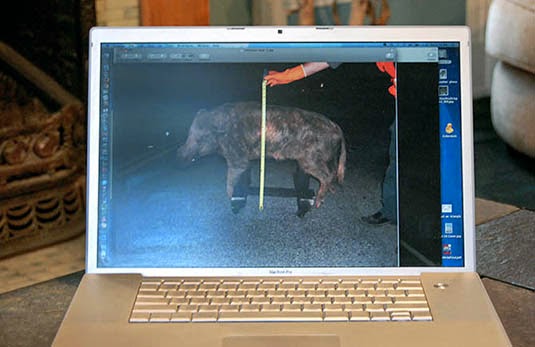 [Image: A stuffed pig on wheels, “like a Monty Python skit”; photo by Nicola Twilley].
[Image: A stuffed pig on wheels, “like a Monty Python skit”; photo by Nicola Twilley].
But there wasn’t any data coming out of that process that they were feeding into their analysis; it was about trying to convince a jury whether you can or can’t see a feral pig standing in the middle of the road.
BLDGBLOG: That’s an interesting analogy to the craft of writing fiction, related to the question of what is sufficient evidence for something to be believable.
Arvin: Exactly. It’s so subjective.
In that case, my friend was working for the defense, which was the State Highway Department—they were being sued for not having built a tunnel under the road for the wild pigs to go through. In the novel, it takes place in Wisconsin, but in reality it happened in Monterey, California. They’ve got a real problem with wild pigs there.
Monterey has a phenomenal number of wild pigs running around. As it turned out, the defense lost this case, and my friend said that it was because it was impossible to get a jury where half the people hadn’t run into a pig themselves, or knew somebody who had had a terrible accident with a pig. The jury already believed the pigs were a problem and the state should be doing something about it.
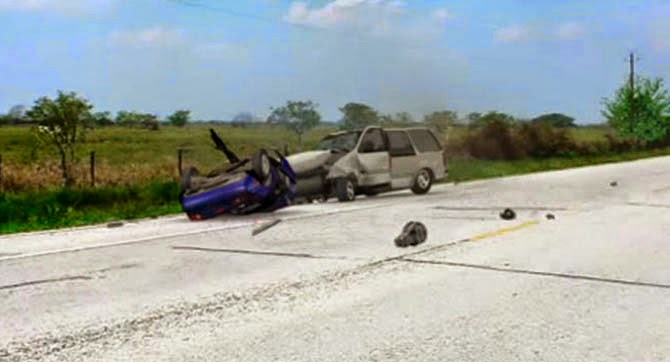 Screenshot from a sample 3D car crash animation created by Kineticorp; visit their website for the video.
Screenshot from a sample 3D car crash animation created by Kineticorp; visit their website for the video.
BLDGBLOG: In terms of the narrative that defines a particular car crash, I’m curious how reconstructionists judge when a car crash really begins and ends. You could potentially argue that you crashed because, say, a little kid throws a water balloon into the street and it distracts you and, ten seconds later, you hit a telephone pole. But, clearly, something like a kid throwing a water balloon is not going to show up in PC-Crash.
For the purpose of the reconstructionist, then, where is the narrative boundary of a crash event? Does the car crash begin when tires cross the yellow line, or when the foot hits the brakes—or even earlier, when it started to rain, or when the driver failed to get his tires maintained?
Arvin: It’s never totally clear. That’s a grey area that we often ended up talking about and arguing about.
In that roll-over crash, for example, part of the issue was that the vehicle was traveling way over the speed limit, but another issue was that the tires hadn’t been properly maintained. And when you start backing out to look at the decisions that the drivers made at different moments leading up to that collision, you can always end up backing out all the way to the point where it’s: well, if they hadn’t hit snooze on the alarm clock that morning…
Twilley: Or, in your novel’s case, if they weren’t married to the wrong woman.
Arvin: [laughs] Right.
We worked on one case where a guy’s car was hit by a train. He was a shoe salesman, if I remember right, and he was going to work on a Sunday. It just happened to be after the daylight savings time change, and he was either an hour ahead or an hour behind getting to work. The clock in the car and his watch hadn’t been reset yet. He’d had this job for four years, and he’d been driving to work at the same time all those years, so he had probably never seen a train coming over those tracks before—but, because he was an hour off, there was a train.
So, you know, if he’d remembered to change his clocks…
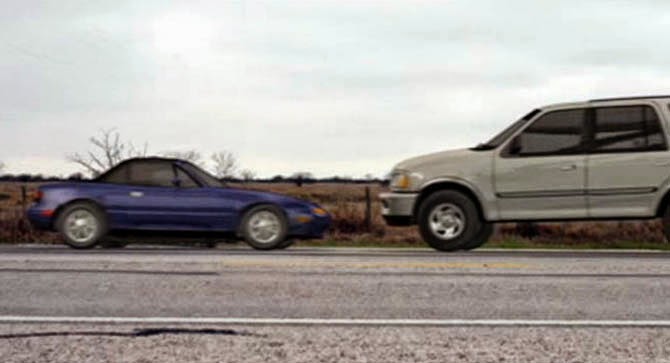
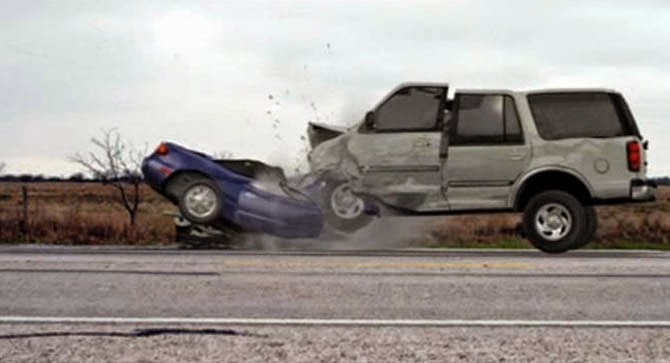
 Screenshots from sample 3D car crash animations created by Kineticorp; visit their website for the video.
Screenshots from sample 3D car crash animations created by Kineticorp; visit their website for the video.
Twilley: That reminds me of something that Boggs says in the book: “It’s a miracle there aren’t more miracles.”
Arvin: Doing that work, you really start to question, where are those limits of causality and chance? You think you’ve made a decision in your life, but there are all these moments of chance that flow into that decision. Where do you draw a line between the choices you made in your life and what’s just happened to you? What’s just happenstance?
It’s a very grey area, but the reconstructionist has to reach into the grey area and try to establish some logical sequence of causality and responsibility in a situation.
Twilley: In the novel, you show that reconstructionists have a particular set of tools and techniques with which to gain access to the facts about a past event. Other characters in the book have other methods for accessing the past: I’m thinking of the way Ellis’s father stores everything, or Heather’s photography. In the end, though it seems as though the book is ambivalent as to whether the past is accessible through any of those methods.
Arvin: I think that ambivalence is where the book is. You can get a piece of the past through memory and you can get a piece through the scientific reconstruction of things. You can go to a place now, as it is physically; you can look of a photograph of how it was; you can create a simulation of the place as it was in your computer: but those are all representations of it, and none of them are really it. They are all false, to an extent, in their own way.
The best I think you can hope to do is to use multiple methods to triangulate and get to some version of what the past was. Sometimes they just contradict each other and there’s no way to resolve them.
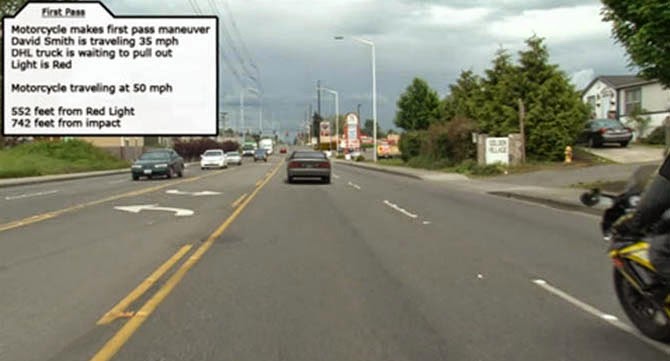
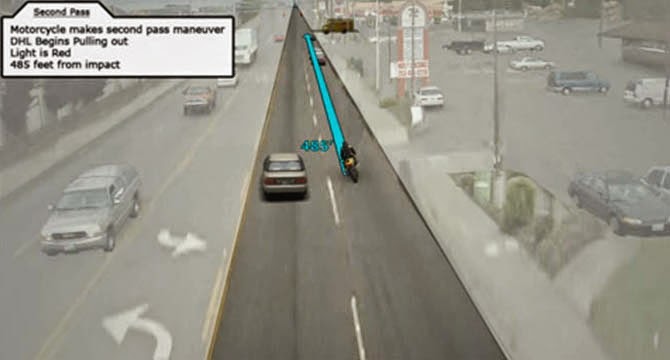
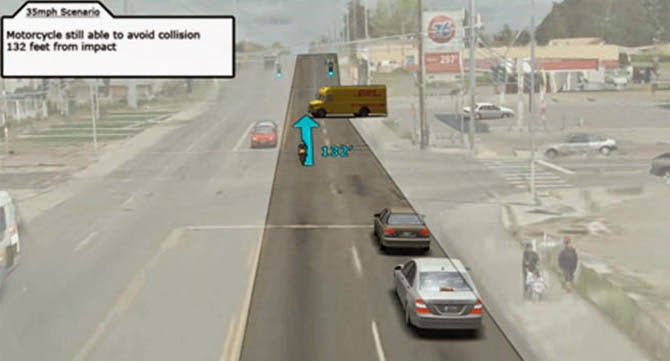 Screenshots from sample 3D car crash animations created by Kineticorp; visit their website for the video.
Screenshots from sample 3D car crash animations created by Kineticorp; visit their website for the video.
Working as a reconstructionist, I was really struck by how often people’s memories were clearly false, because they’d remember things that just physically were not possible. Newton’s laws of motion say it couldn’t have happened. In fact, we would do our best to completely set aside any witness testimony and just work from the physical evidence. It was kind of galling if there was not just enough physical evidence and you had to rely on what somebody said as a starting point.
Pedestrian accidents tended to be like that, because when a car runs into a person it doesn’t leave much physical evidence behind. When two cars run into each other, there’s all this stuff left at the point where they collided, so you can figure out where that point was. But, when a car runs into a person, there’s nothing left at that point; when you try to determine where the point of impact was, you end up relying on witness testimony.
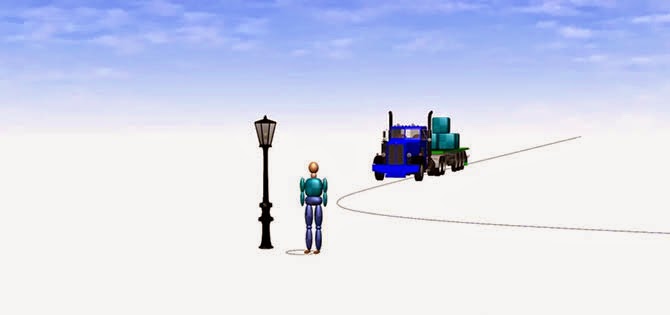
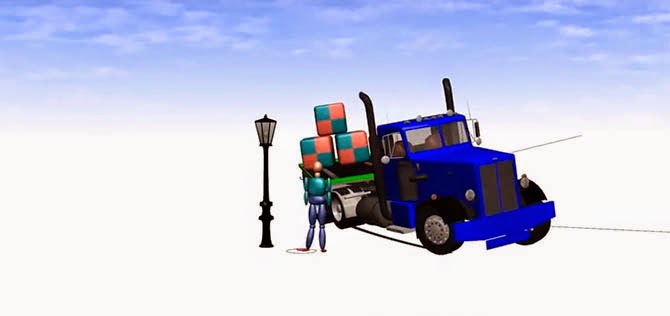
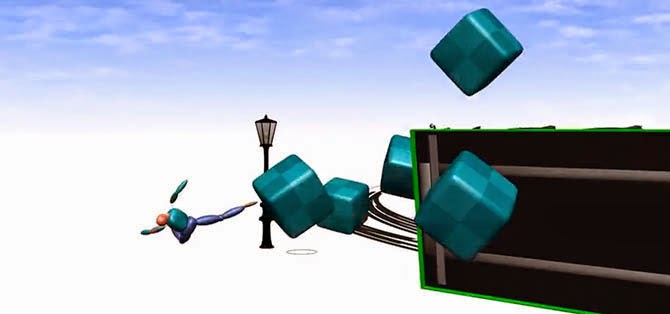 Screenshots from a PC-Crash demo showing load loss and new “multibody pedestrian” functionality.
Screenshots from a PC-Crash demo showing load loss and new “multibody pedestrian” functionality.
Twilley: In terms of reconciling memory and physical evidence—and this also relates to the idea of tweaking the reconstruction animation for the jury—the novel creates a conflict about whether it’s a good idea simply to settle for a narrative you can live with, however unreliable it might be, or to try to pin it down with science instead, even if the final result doesn’t sit right with you.
Arvin: Exactly. It sets up questions about how we define ourselves and what we do when we encounter things that conflict with our sense of identity. If something comes up out of the past that doesn’t fit with who you have defined yourself to be, what do you do with that? How much of our memories are shaped by our sense of identity versus the things we’ve actually done?
Twilley: It’s like a crash site: once the lines have been repainted and the road resurfaced, to what extent is that place no longer the same place where the accident occurred, yet still the place that led to the accident? That’s what’s so interesting about the reconstructionist’s work: you’re making these narratives that define a crash for a legal purpose, yet the novel seems to ask whether that is really the narrative of the crash, whether the actual impact is not the dents in the car but what happens to people’s lives.
Arvin: I always felt that tension—you are looking at the physics and the equations in order to understand this very compressed moment in time, but then there are these people who passed through that moment of time, and it had a huge effect on their lives. Within the work, we were completely disregarding those people and their emotions—emotions were outside our purview. Writing the book for me was part of the process of trying to reconcile those things.
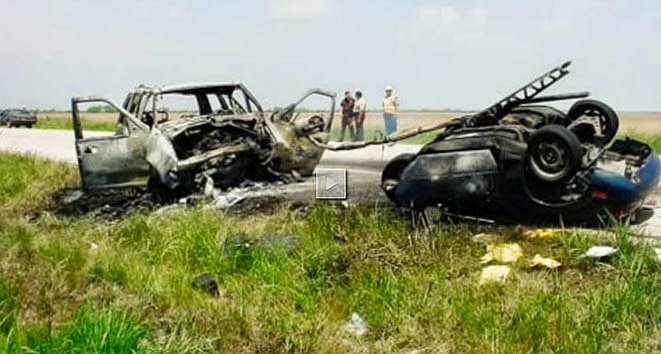 Screenshot from a sample 3D car crash animation created by Kineticorp; visit their website for the video.
Screenshot from a sample 3D car crash animation created by Kineticorp; visit their website for the video.
BLDGBLOG: While reading the book, I found myself thinking about the discovery of the Higgs boson—how, in a sense, its discovery was really a kind of crash forensics.
Arvin: You’re right. You don’t actually see the particle; you see the tracks that it’s made. I love that. It’s a reminder that we’re reconstructing things all the time in our lives.
If you look up and a window is open, and you know you didn’t open it, then you try to figure out who in the house opened it. There are all these minor events in our lives, and we constantly work to reconstruct them by looking at the evidence around us and trying to figure out what happened.
BLDGBLOG: That reminds me of an anecdote in Robert Sullivan’s book, The Meadowlands, about the swamps of northern New Jersey. One of his interview subjects is a retired detective from the area who is super keyed into his environment—he notices everything. He explains that this attention to microscopic detail is what makes a good detective. So, in the case of the open window, he’ll notice it and file it away in case he needs it in a future narrative.
What he tells Sullivan is that, now that he is retired, it’s as though he’s built up this huge encyclopedia of little details with the feeling that they all were going to add up to some kind of incredible moment of narrative revelation. But then he retired. He sounds genuinely sad—he has so much information and it’s not going anywhere. The act of retiring as a police detective meant that he lost the promise of a narrative denouement.
Arvin: That’s great. I think of reconstruction in terms of the process of writing, too. Reconstruction plays into my own particular writing technique because I tend to just write a lot of fragments initially, then I start trying to find the story that connects those pieces together.
It also reminds me of one of my teachers, Frank Conroy, who used to talk about the contract between the reader and the writer. Basically, as a writer, you’ve committed to not wasting the reader’s time. He would say that the reader is like a person climbing a mountain, and the author is putting certain objects along the reader’s path that the reader has to pick up and put into their backpack; when they get to the top of the mountain there better be something to do with all these things in their backpack, or they are going to be pissed that they hauled it all the way up there.
That detective sounds like a thwarted reader. He has the ingredients for the story—but he doesn’t have the story.
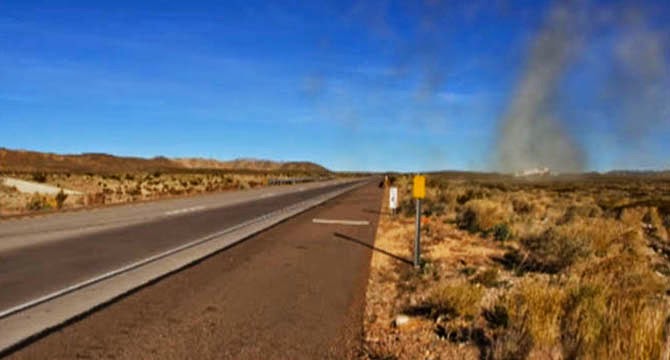
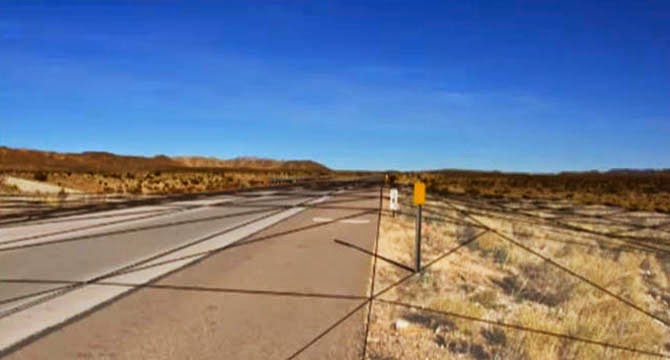 Screenshots from sample 3D car crash animations created by Kineticorp; visit their website for the video.
Screenshots from sample 3D car crash animations created by Kineticorp; visit their website for the video.
Twilley: In the novel, you deliberately juxtapose a creative way of looking—Heather’s pinhole photography—with Ellis’s forensic, engineering perspective. It seems rare to be equipped with both ways of seeing the world. How does being an engineer play into writing, or vice versa?
Arvin: I think the two things are not really that different. They are both processes of taking a bunch of little things—in engineering, it might be pieces of steel and plastic wire, and, in writing a novel, they’re words—and putting them together in such a way that they work together and create some larger system that does something pleasing and useful, whether that larger thing is a novel or a cruise ship.
One thing that I think about quite a bit is the way that both engineering and writing require a lot of attention to ambiguity. In writing, at the sentence level, you really want to avoid unintentional ambiguity. You become very attuned to places where your writing is potentially open to multiple meanings that you were not intending.
Similarly, in engineering, you design systems that will do what you want them to do, and you don’t have room for ambiguity—you don’t want the power plant to blow up because of an ambiguous connection.
But there’s a difference at the larger level. In writing, and writing fiction in particular, you actually look for areas of ambiguity that are interesting, and you draw those out to create stories that exemplify those ambiguities—because those are the things that are interesting to think about.
Whereas, in engineering, you would never intentionally take an ambiguity about whether the cruise ship is going to sink or not and magnify that!
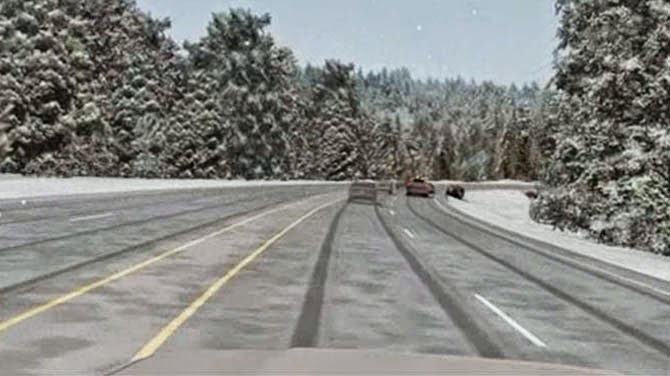 Screenshot from a sample 3D car crash animation created by Kineticorp; visit their website for the video.
Screenshot from a sample 3D car crash animation created by Kineticorp; visit their website for the video.
Twilley: I wanted to switch tracks a little and talk about the geography of accidents. Have you come to understand the landscape in terms of its potential for automotive disaster?
Arvin: When you are working on a case—like that rollover—you become extremely intimate with a very small piece of land. We would study the accident site and survey it and build up a very detailed map of exactly how the land is shaped in that particular spot.
You spend a lot of time looking at these minute details, and you become very familiar with exactly how lands rolls off and where the trees are, and where the fence posts are and what type of asphalt that county uses, because different kinds of asphalt have different friction effects.
BLDGBLOG: The crash site becomes your Walden Pond.
Arvin: It does, in a way. I came to feel that, as a reconstructionist, you develop a really intimate relationship with the roadway itself, which is a place where we spend so much time, yet we don’t really look at it. That was something I wanted to bring out in the book—some description of what that place is, that place along the road itself.
You know, we think of the road as this conveyance that gets us from Point A to Point B, but it’s actually a place in and of itself and there are interesting things about it. I wanted to look at that in the book. I wanted to look at the actual road and the things that are right along the road, this landscape that we usually blur right past.
The other thing your question makes me think about is this gigantic vehicle storage yard I describe in the novel, where all the crashed vehicles that are still in litigation are kept. It’s like a museum of accidents—there are racks three vehicles high, and these big forklift trucks that pick the vehicles up off the racks and put them on the ground so you can examine them.
 A vehicle scrapyard photographed by Wikipedia contributor Snowmanradio.
A vehicle scrapyard photographed by Wikipedia contributor Snowmanradio.
BLDGBLOG: Building on that, if you have a geography of crashes and a museum of crashes, is there a crash taxonomy? In the same way that you get a category five hurricane or a 4.0 earthquake, is there, perhaps, a crash severity scale? If so, could you imagine, at one end of it, a kind of super-crash—a crash that maybe happens only once a generation—
Arvin: The unicorn crash!
BLDGBLOG: Exactly. In fact, Nicky and I were talking about the idea of a “black swan” crash on the way over here. Do you think in terms of categories or degrees of severity, or is every crash unique?
Arvin: I haven’t come across a taxonomy like that, although it’s a great idea. The way you categorize crashes is single vehicle, multiple vehicle, pedestrian, cyclist, and so on. They also get categorized as rollover collision, collision that leads to a rollover, and so on.
So there are categories like that, and they immediately point you to certain kinds of analysis. The way you analyze a rollover is quite a bit different from how you analyze an impact. But there’s no categorization that I am aware of for severity.
I only did it for three years, so I’m not a grizzled reconstructionist veteran, but even in three years you see enough of them that you start to get a little jaded. You get an accident that was at 20 miles an hour, and you think, that’s not such a big deal. An accident in which two vehicles, each going 60 miles an hour, crash head-on at a closing speed of 120 miles an hour—now, that’s a collision!
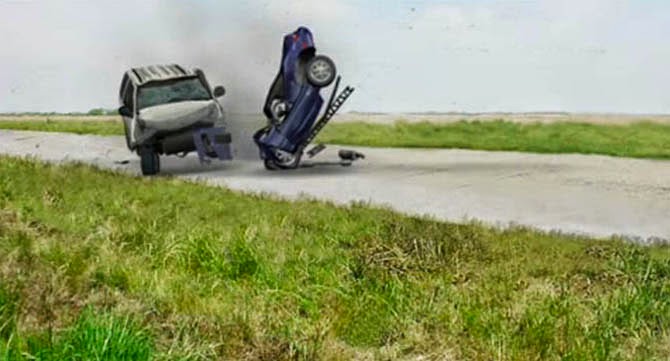 Screenshot from a sample 3D car crash animation created by Kineticorp; visit their website for the video.
Screenshot from a sample 3D car crash animation created by Kineticorp; visit their website for the video.
You become a little bit of an accident snob, and resisting that was something that I struggled with. Each accident is important to the people who were in it. And, there was a dark humor that tended to creep in, and that worried me, too. On the one hand, it helps keep you sane, but on the other hand, it feels very disrespectful.
Twilley: Have you been in a car accident yourself?
Arvin: I had one, luckily very minor, accident while I was working as reconstructionist—around the time that I was starting to work on this book. I heard the collision begin before I saw it, and what I really remember is that first sound of metal on metal.
Immediately, I felt a lurch of horror, because I wasn’t sure what was happening yet, but I knew it could be terrible. You are just driving down the road and, all of a sudden, your life is going to be altered, but you don’t know how yet. It’s a scary place—a scary moment.
BLDGBLOG: Finally, I’m interested in simply how someone becomes a reconstructionist. It’s not a job that most people have even heard of!
Arvin: True. For me, it was a haphazard path. Remember how we talked earlier about that gray area between the choices you made in your life and what’s just happened to you?
I have degrees in mechanical engineering from Michigan and Stanford. When I finished my Masters at Stanford, I went to work for Ford. I worked there for about three years. Then I was accepted into Iowa Writer’s Workshop, so I quit Ford to go to Iowa. I got my MFA, and then I was given a grant to go write for a year. My brother had moved to Denver a year earlier, and it seemed like a cool town so I moved here. Then my grant money ran out, and I had to find a job.
I began looking for something in the automotive industry in Denver, and there isn’t much. But I had known a couple people at Ford who ended up working in forensics, so I started sending my resume to automobile forensics firms. It happened that the guy who got my resume was a big reader, and I had recently published my first book. He was impressed by that, so he brought me in for an interview.
In that business, you write a lot of reports and he thought I might be helpful with that.
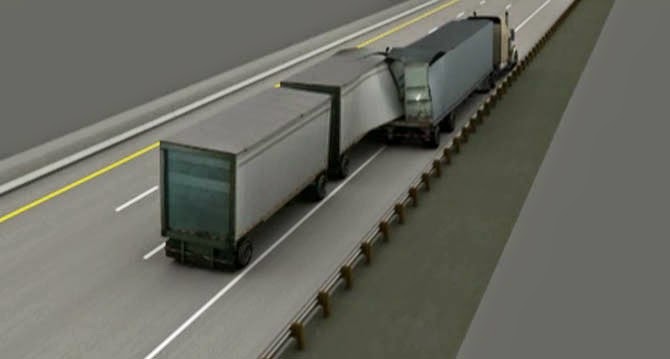
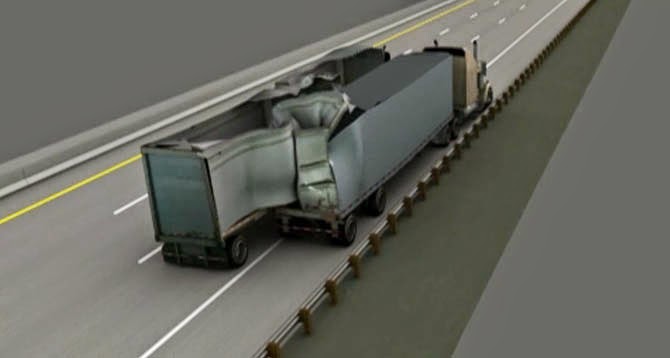 Screenshots from sample 3D car crash animation created by Kineticorp; visit their website for the video.
Screenshots from sample 3D car crash animation created by Kineticorp; visit their website for the video.
Twilley: Do you still work as an engineer, and, if so, what kinds of projects are you involved with?
Arvin: I work on power plants and oil and gas facilities. Right now, I am working on both a power plant and an oil facility in North Dakota—there’s lots of stuff going on out there as part of the Bakken play. It’s very different from the forensics.
Twilley: Do you take an engineering job, then quit and take some time to write and then go back into the engineering again? Or do you somehow find a way to do both?
Arvin: I do both. I work part time. Part-time work isn’t really easy to find as an engineer, but I’ve been lucky, and my employers have been great.
Engineers who write novels are pretty scarce. There are a few literary writers who started out in engineering but have gotten out of it—Stewart O’Nan is one, George Saunders is another. There’s Karl Iagnemma, who teaches at MIT. There are a few others, especially in the sci-fi universe.
I feel as though I have access to material—to a cast of characters and a way of thinking—that’s not available to very many writers. But the engineering work I’m doing now doesn’t have quite the same dramatic, obvious story potential that forensic engineering does.
I remember when I first started working in forensics, on day one, I thought, this is a novel right here.
A slightly longer version of this interview previously appeared on Venue.
Thanks to Scott Geiger for first recommending Arvin’s work!



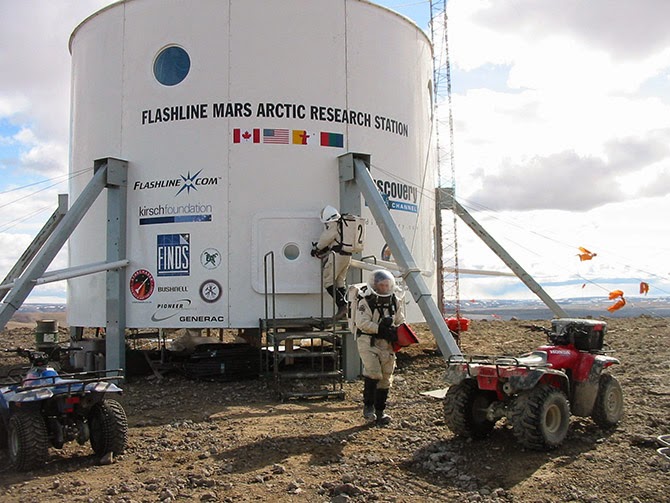
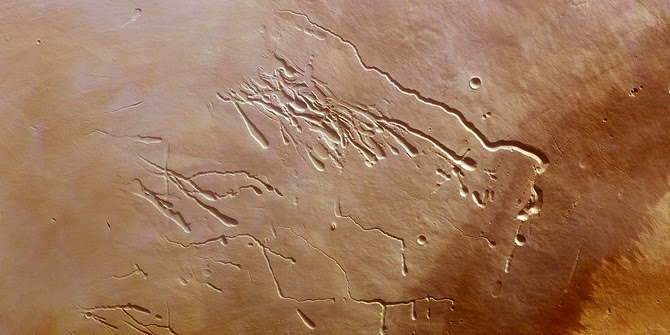
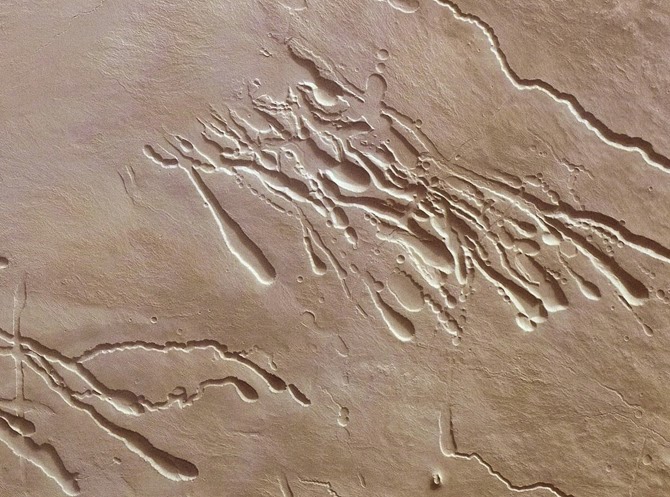

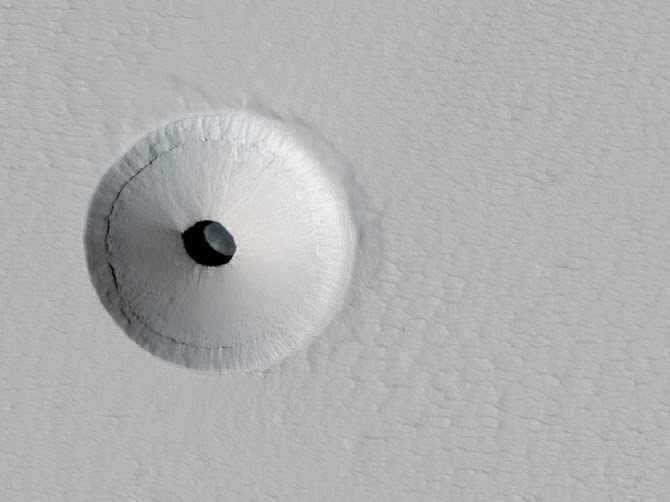

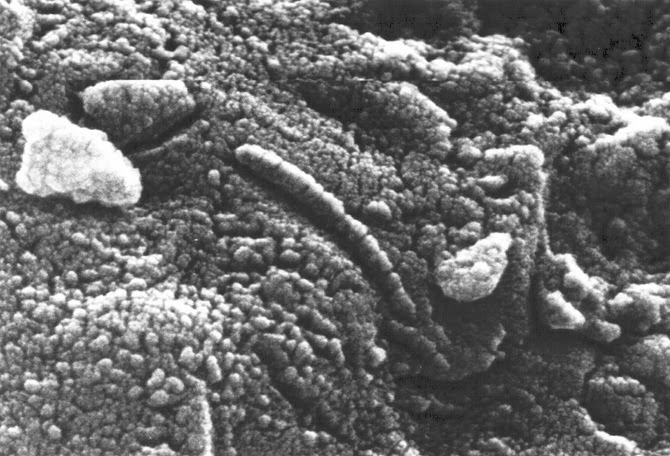

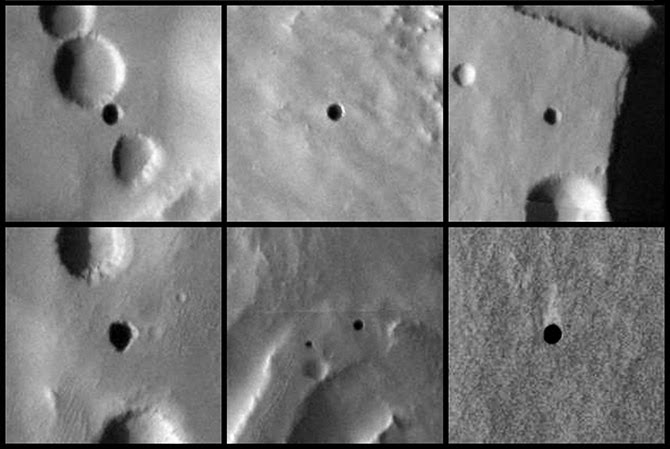
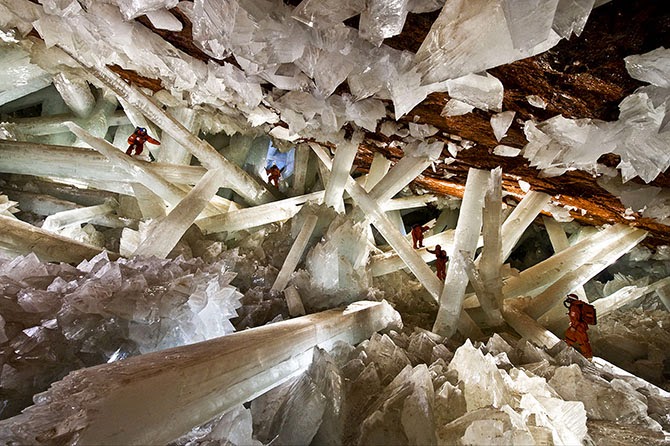
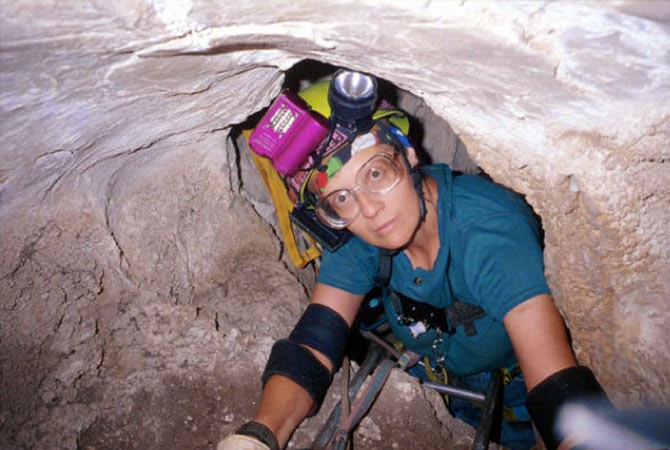
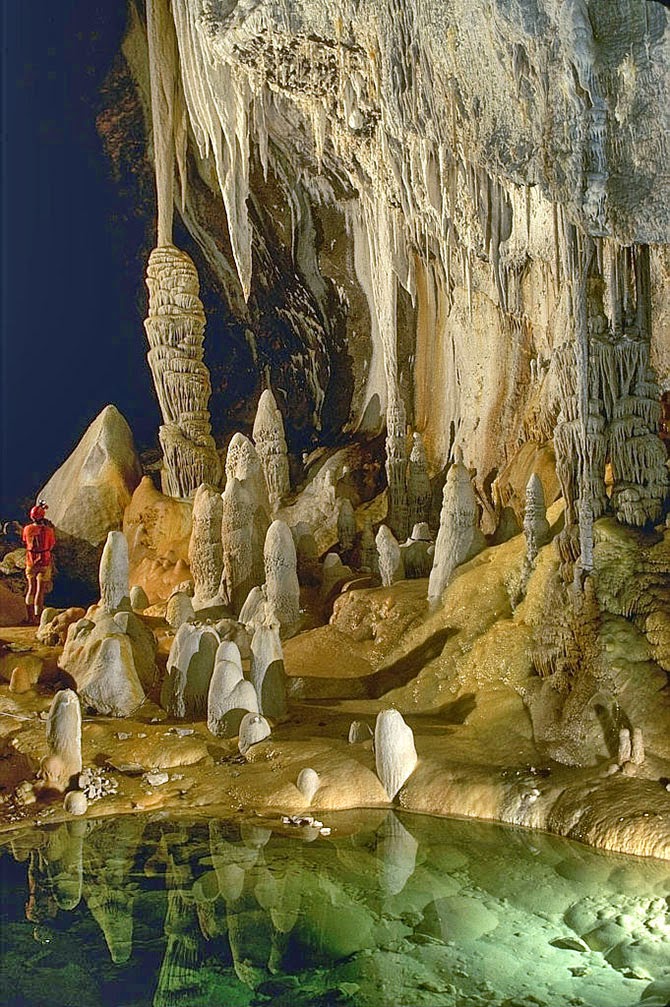

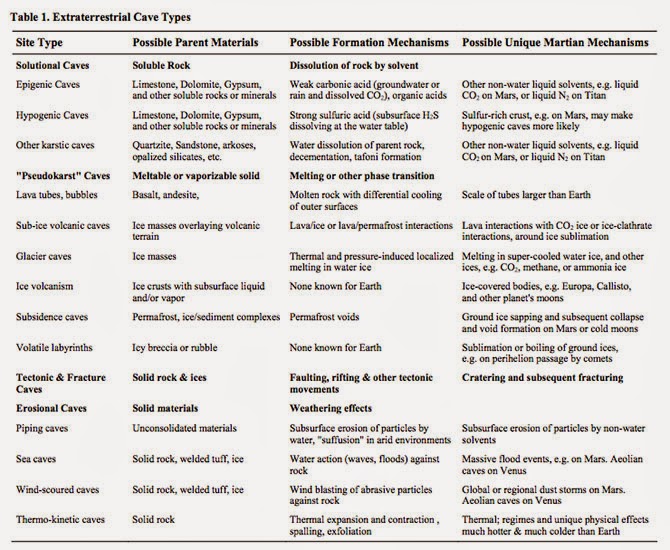
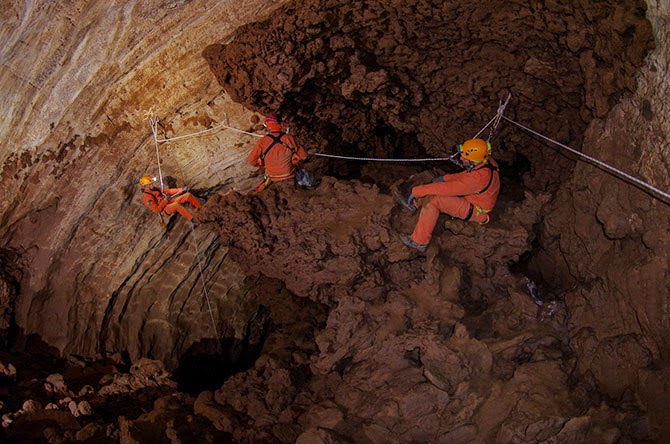
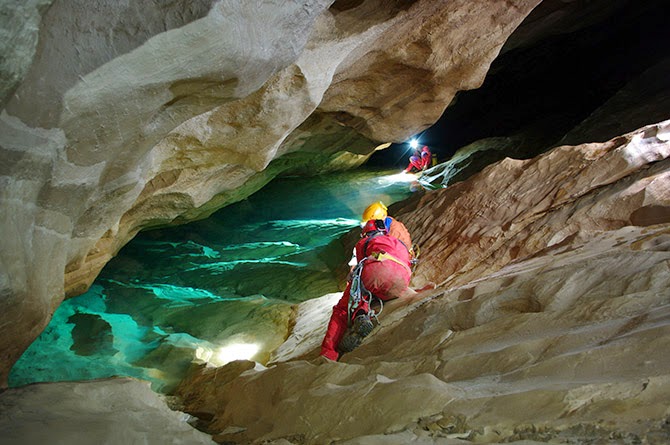

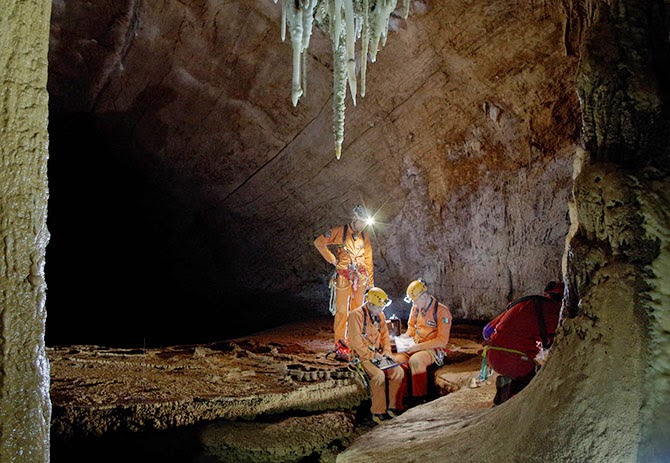

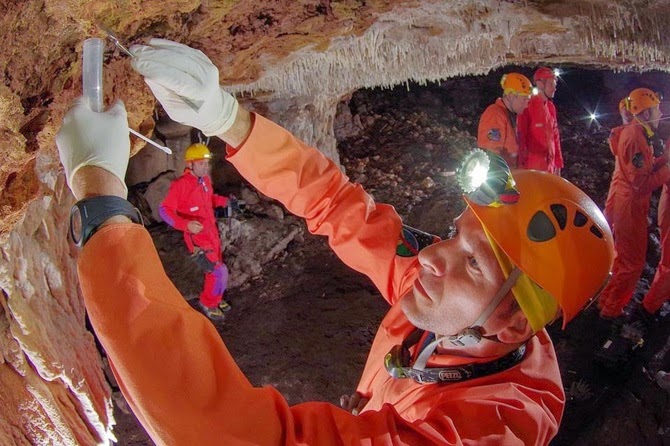

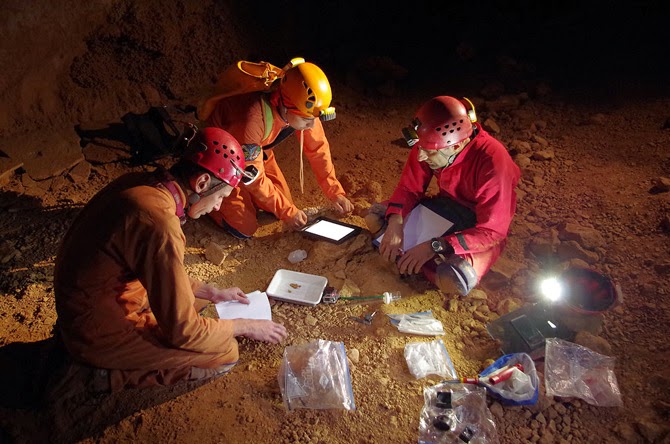

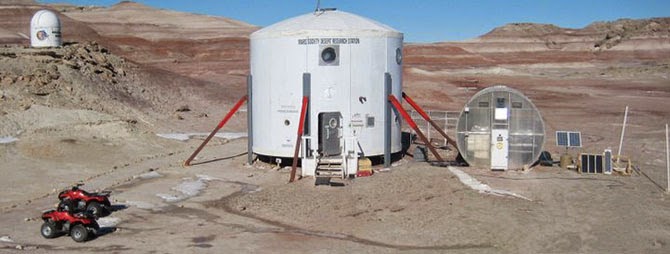
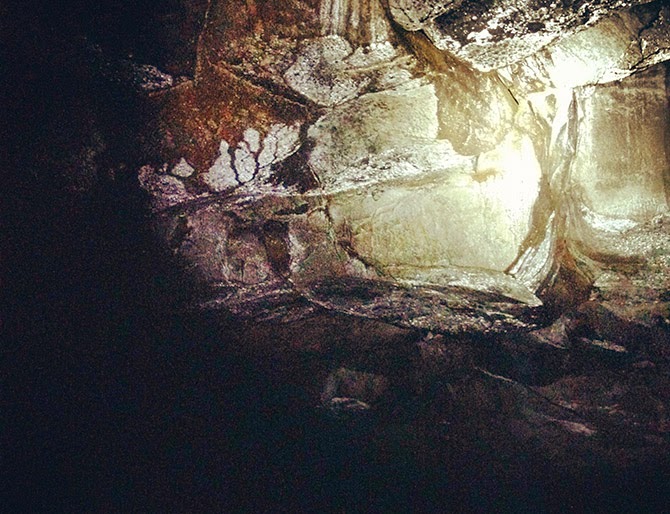
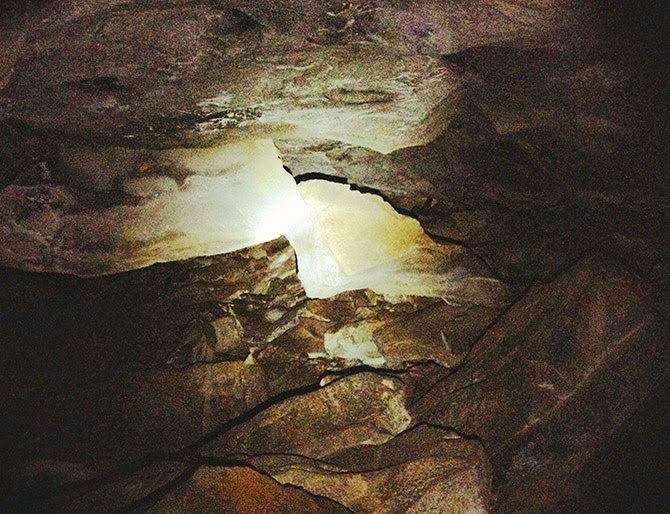

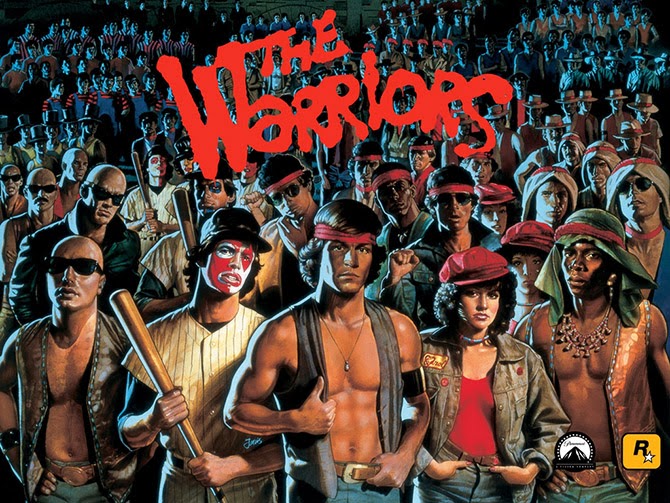
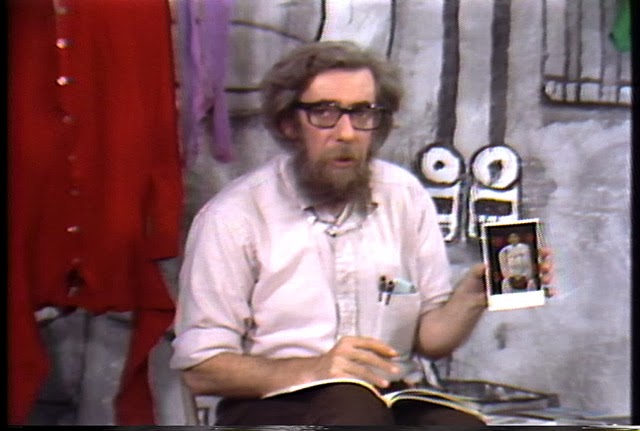 Image from
Image from 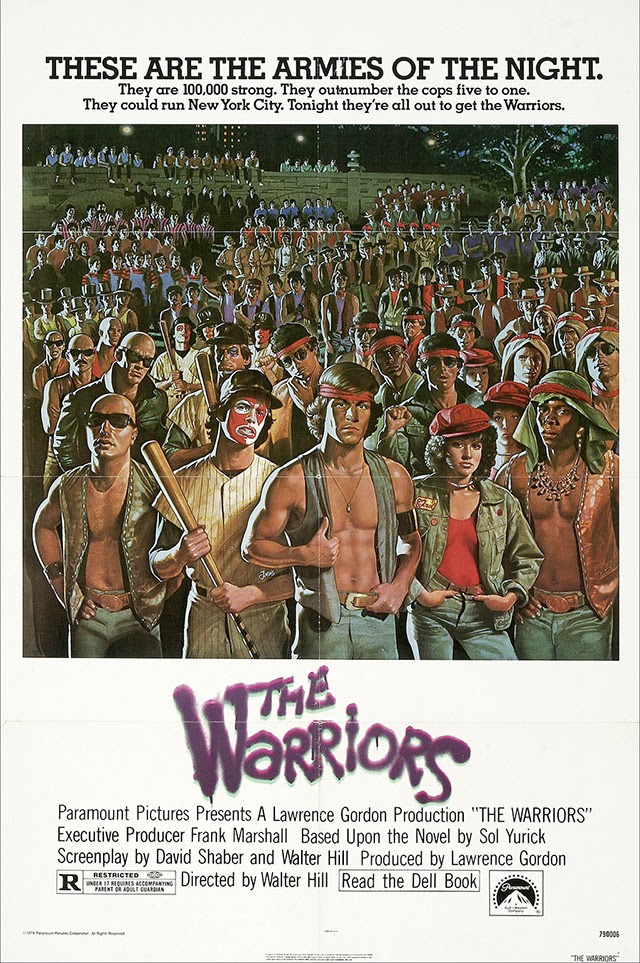





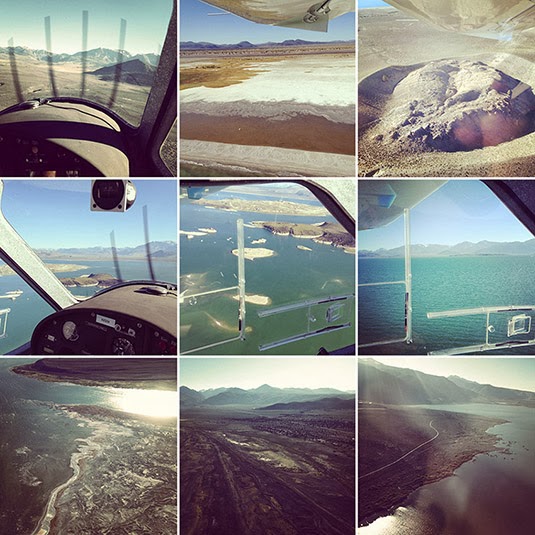



















































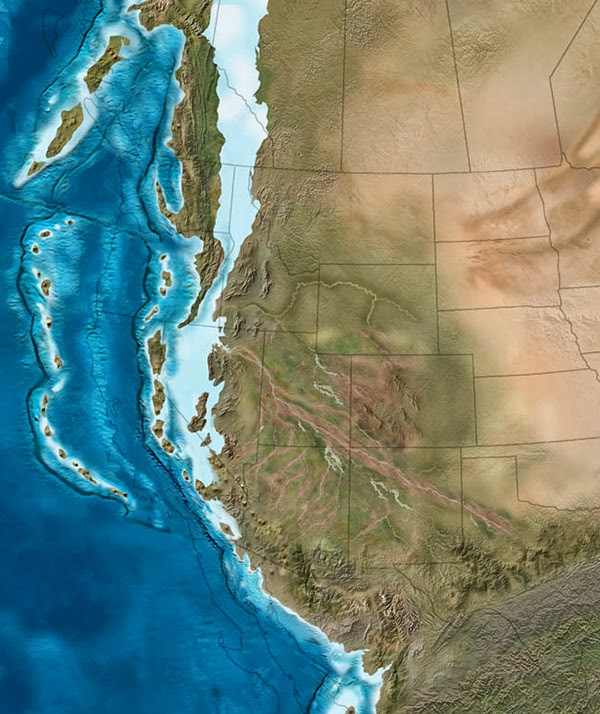 [Image: The west coast of North America as it appeared roughly 215 million years ago; map by
[Image: The west coast of North America as it appeared roughly 215 million years ago; map by 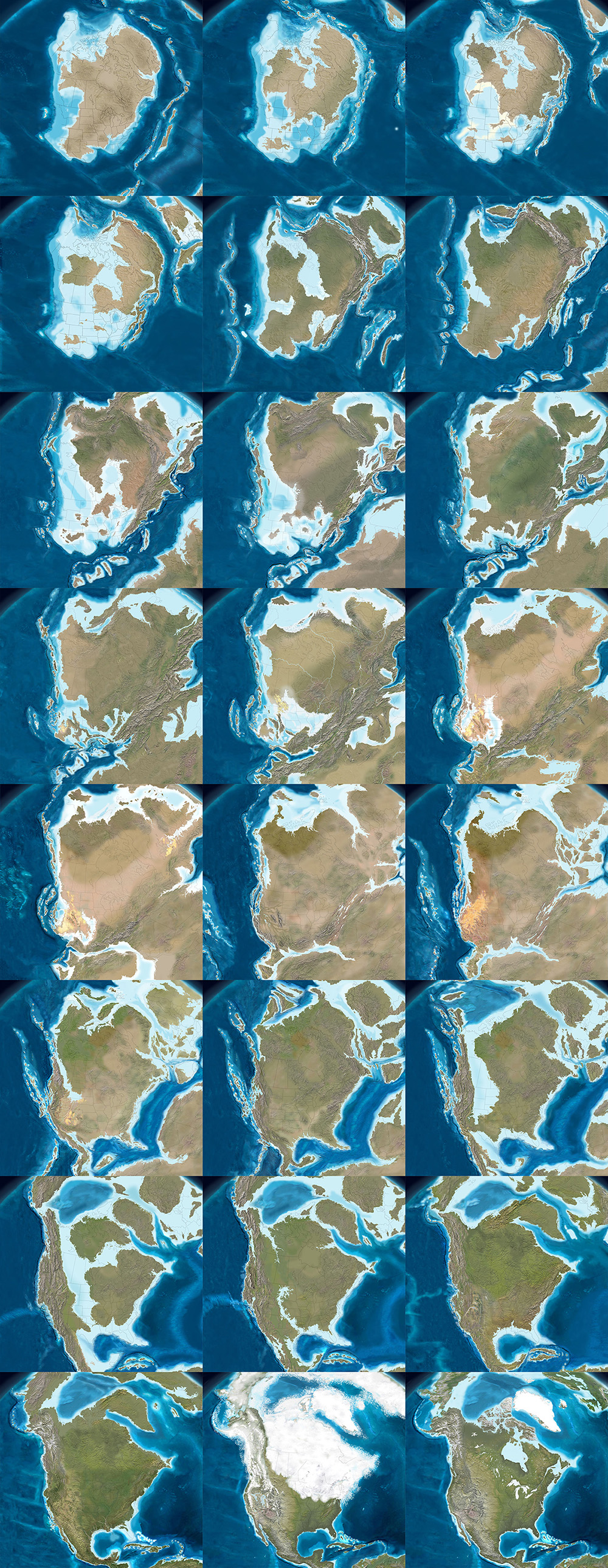
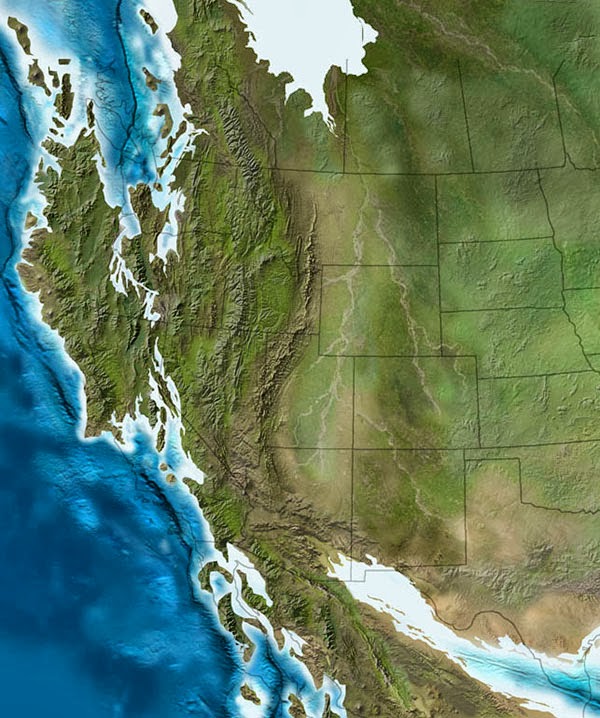 [Image: The west coast of North America, depicted as it would have been 130 million years ago; the coast is a labyrinth of islands, lagoons, and peninsulas slowly colliding with the mainland to form the mountains and valleys we know today. Map by
[Image: The west coast of North America, depicted as it would have been 130 million years ago; the coast is a labyrinth of islands, lagoons, and peninsulas slowly colliding with the mainland to form the mountains and valleys we know today. Map by 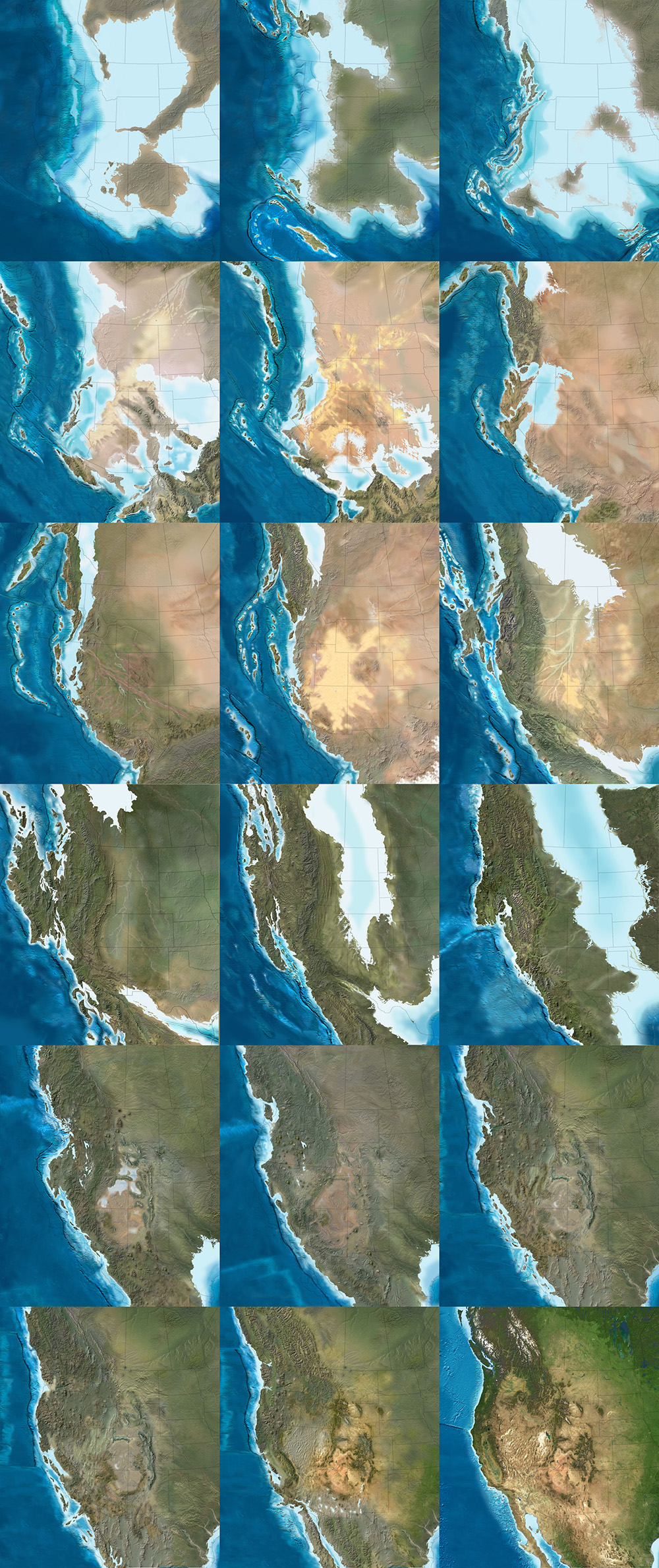



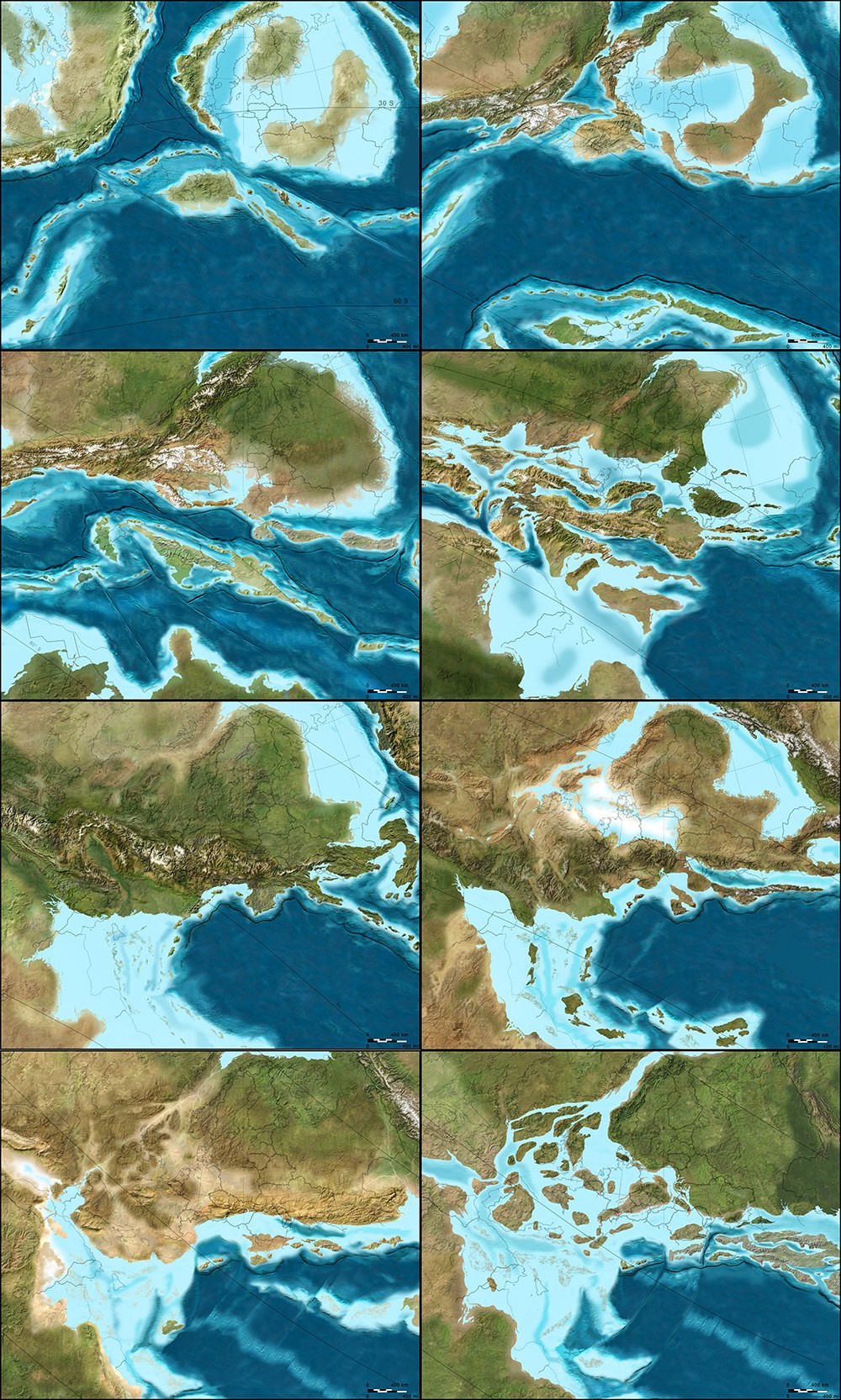
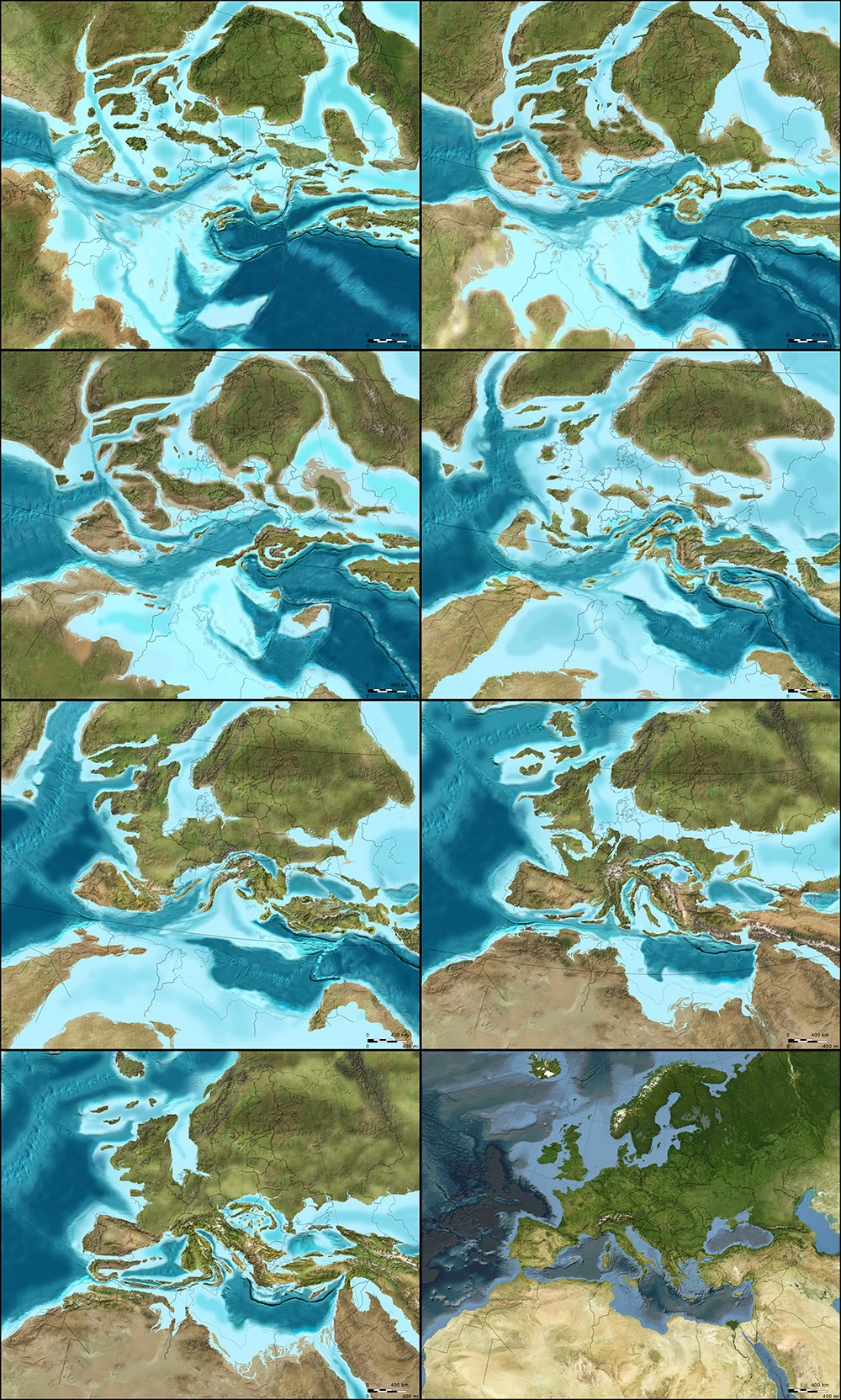
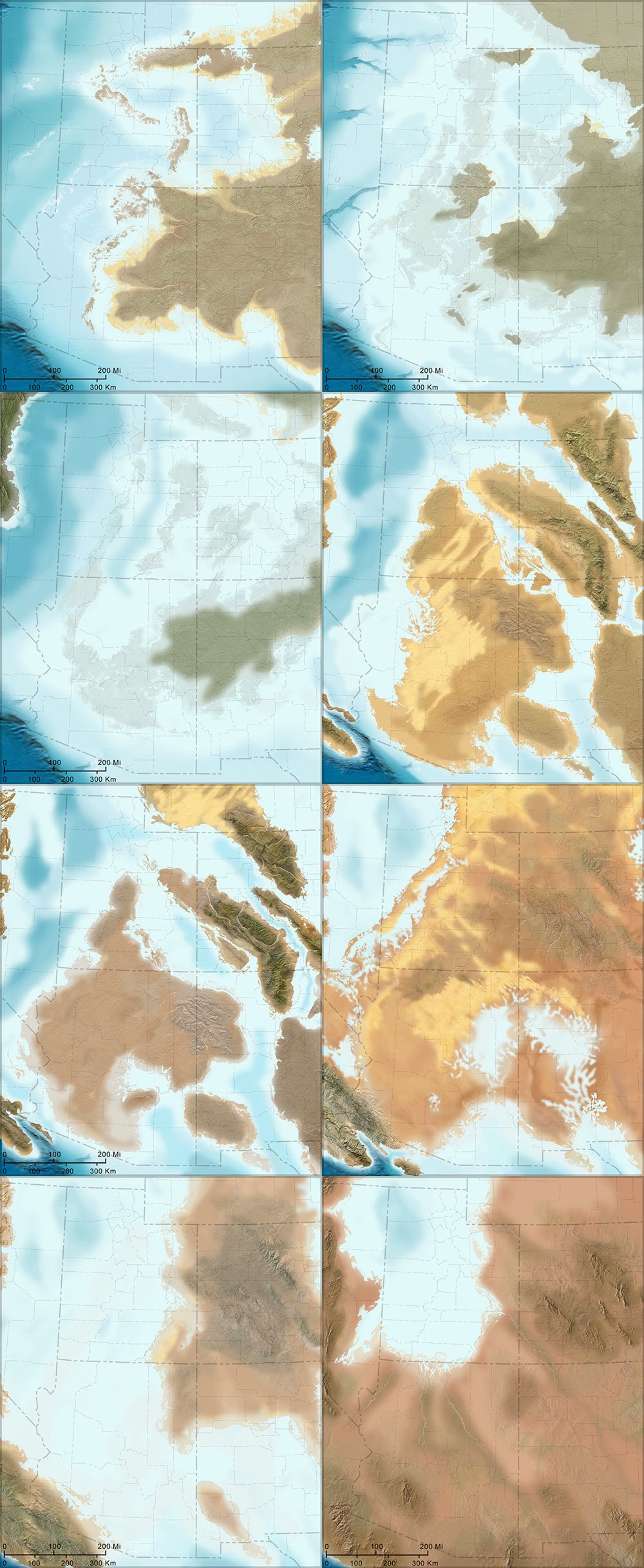

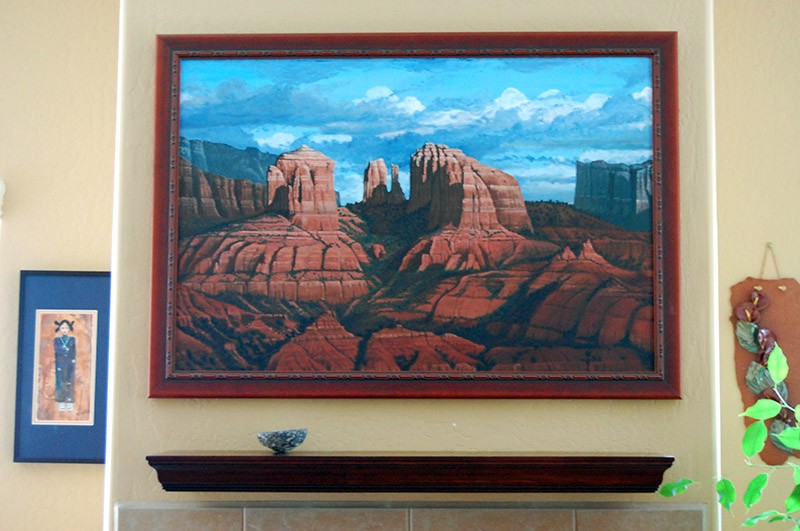 [Image: A painting by
[Image: A painting by 
 [Image: Prison Visiting Room Backdrop, Woodbourne Correctional Facility, New York; photograph by
[Image: Prison Visiting Room Backdrop, Woodbourne Correctional Facility, New York; photograph by 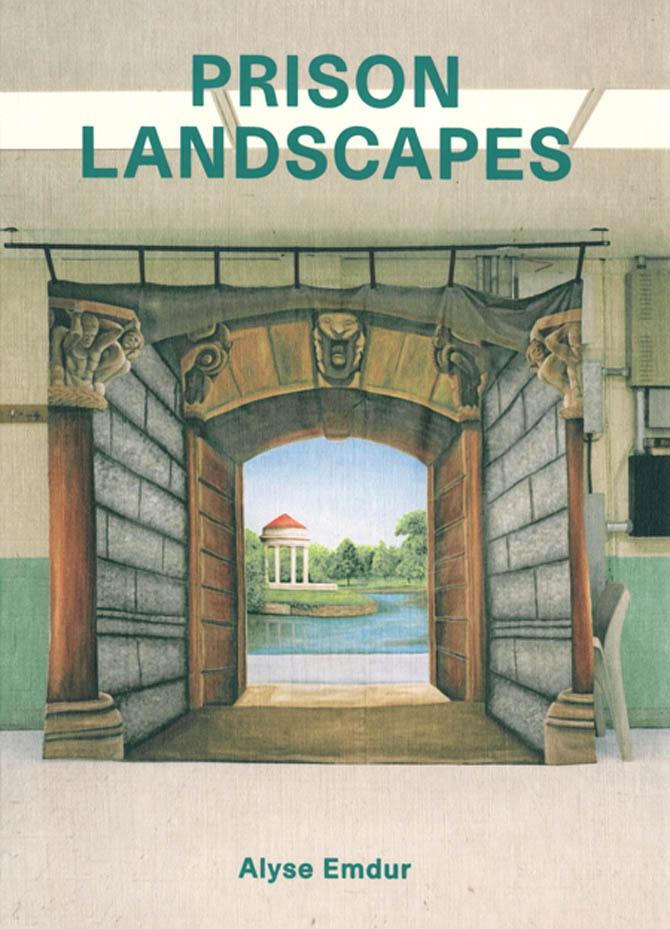 [Image:
[Image:  [Image: James Bowlin, United States Penitentiary, Marion, Illinois; photograph courtesy
[Image: James Bowlin, United States Penitentiary, Marion, Illinois; photograph courtesy 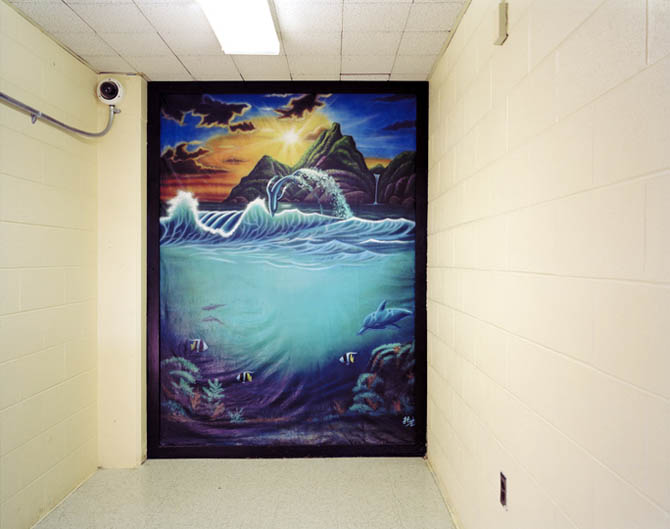 [Image: Prison Visiting Room Backdrop, Shawangunk Correctional Facility, New York; photograph by
[Image: Prison Visiting Room Backdrop, Shawangunk Correctional Facility, New York; photograph by  [Image: Emdur family photo in front of prison visiting room backdrop; photograph courtesy
[Image: Emdur family photo in front of prison visiting room backdrop; photograph courtesy 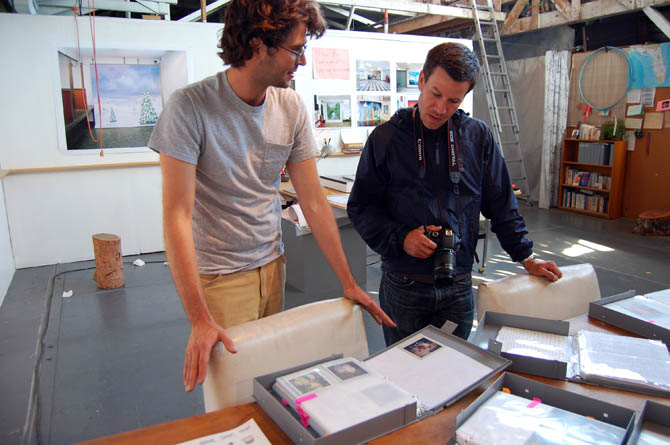 [Image:
[Image: 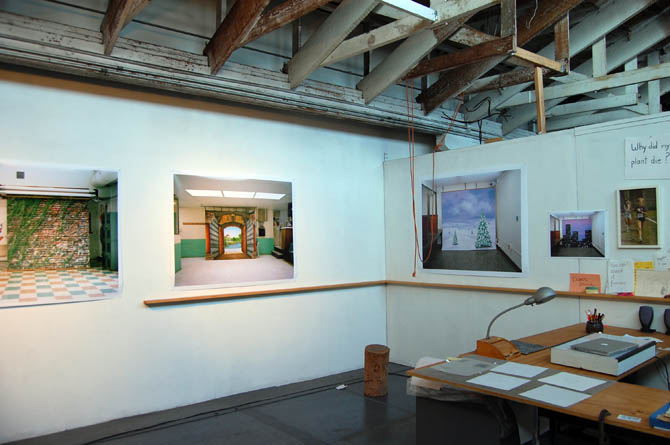 [Image:
[Image:  [Image: Brandon Jones, United States Penitentiary, Marion, Illinois; photograph courtesy
[Image: Brandon Jones, United States Penitentiary, Marion, Illinois; photograph courtesy  [Image: Genesis Asiatic, Powhatan Correctional Center, Statefarm, Virginia; photograph courtesy
[Image: Genesis Asiatic, Powhatan Correctional Center, Statefarm, Virginia; photograph courtesy 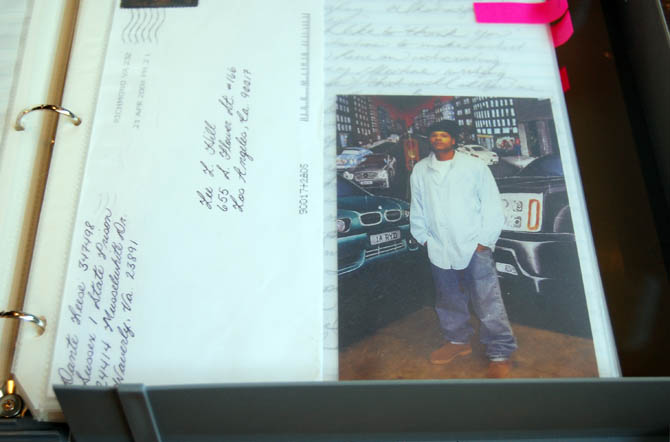 One of sixteen binders full of letters and prisoner portraits mailed to
One of sixteen binders full of letters and prisoner portraits mailed to 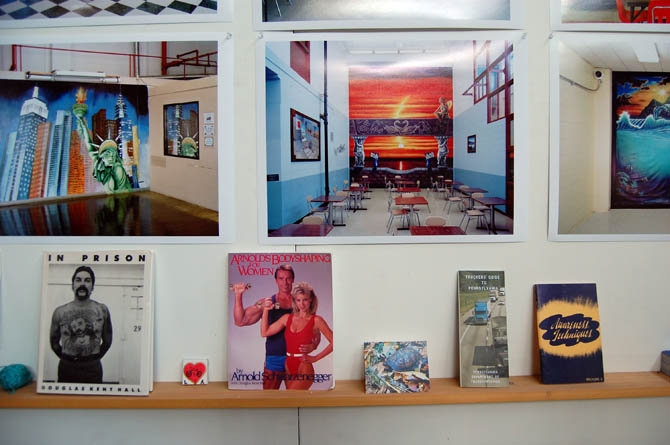 [Image: Small prints of
[Image: Small prints of  [Image: Antoine Ealy, Federal Correctional Complex, Coleman, Florida; photograph courtesy
[Image: Antoine Ealy, Federal Correctional Complex, Coleman, Florida; photograph courtesy  [Image: Robert RuffBey, United States Penitentiary, Atlanta, Georgia; photograph courtesy
[Image: Robert RuffBey, United States Penitentiary, Atlanta, Georgia; photograph courtesy  [Image: One of sixteen binders full of letters and prisoner portraits mailed to
[Image: One of sixteen binders full of letters and prisoner portraits mailed to 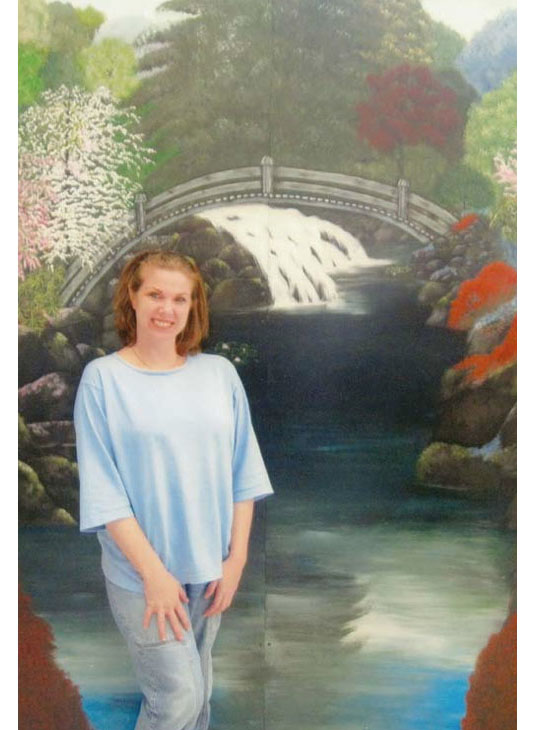 [Image: Kimberly Buntyn, Valley State Prison for Women, Chowchilla, California; photograph courtesy
[Image: Kimberly Buntyn, Valley State Prison for Women, Chowchilla, California; photograph courtesy 
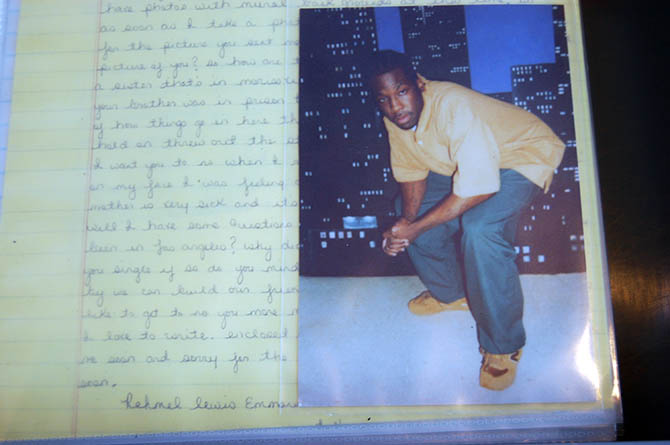 [Images: Sixteen binders’ worth of letters and prisoner portraits have been mailed to Emdur over the course of her project; photographs by
[Images: Sixteen binders’ worth of letters and prisoner portraits have been mailed to Emdur over the course of her project; photographs by 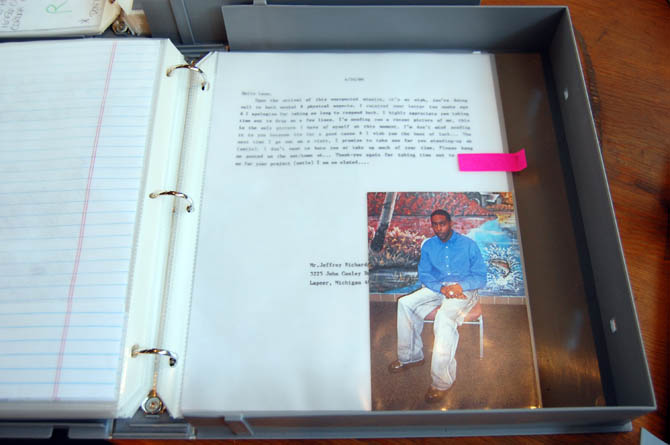 [Image: A binder of letters and prisoner portraits mailed to
[Image: A binder of letters and prisoner portraits mailed to 
 [Image: Screenshot of our own SimCity—called, for reasons that made sense at the time, We Are The Champignons—after three hours of game play].
[Image: Screenshot of our own SimCity—called, for reasons that made sense at the time, We Are The Champignons—after three hours of game play]. [Image: A
[Image: A 


 [Image: Using the zoning tool for the city designed by We Are the Champignons].
[Image: Using the zoning tool for the city designed by We Are the Champignons].
 [Images: Stone Librande’s storyboards for “Green City” and “Mining City” at the start of play].
[Images: Stone Librande’s storyboards for “Green City” and “Mining City” at the start of play].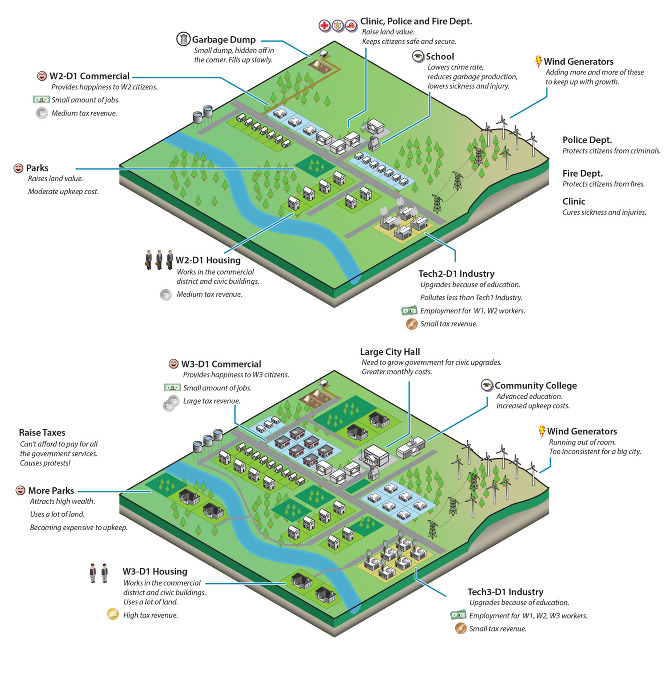 [Image: Stone Librande’s storyboard for “Green City” at mid-game].
[Image: Stone Librande’s storyboard for “Green City” at mid-game].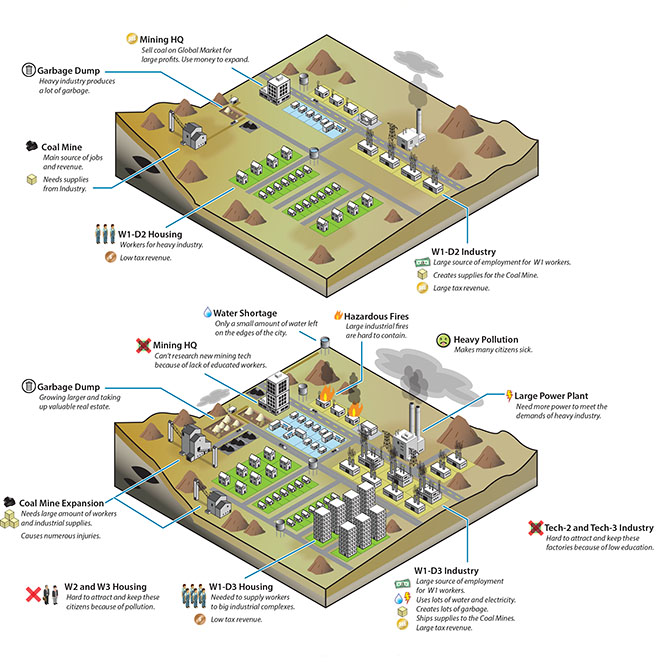 [Image: Stone Librande’s storyboard for “Mining City” at mid-game].
[Image: Stone Librande’s storyboard for “Mining City” at mid-game]. [Image: Stone Librande’s storyboard for the “Green City” and “Mining City” end-game symbiosis].
[Image: Stone Librande’s storyboard for the “Green City” and “Mining City” end-game symbiosis]. [Image: Data layer showing ore deposits].
[Image: Data layer showing ore deposits]. [Image: Data layer showing happiness levels. In SimCity, happiness is increased by wealth, good road connections, and public safety, and decreased by traffic jams and pollution].
[Image: Data layer showing happiness levels. In SimCity, happiness is increased by wealth, good road connections, and public safety, and decreased by traffic jams and pollution]. [Image: A regional view of a SimCity game, showing different cities and their painfully small footprints].
[Image: A regional view of a SimCity game, showing different cities and their painfully small footprints]. [Image: Screenshot from SimCity 4].
[Image: Screenshot from SimCity 4].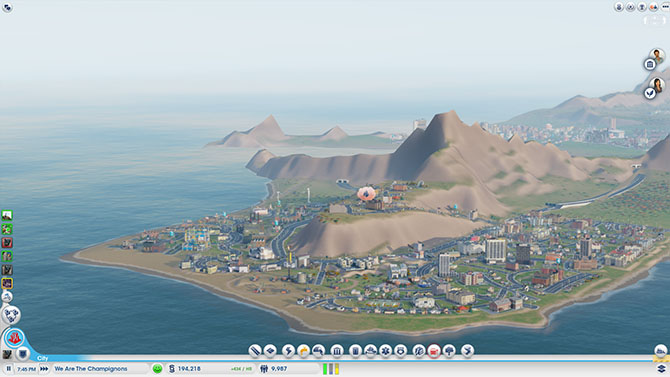 [Image: A fire breaks out in the city designed by We Are The Champignons].
[Image: A fire breaks out in the city designed by We Are The Champignons]. [Image: Sims queue for the bus at dawn].
[Image: Sims queue for the bus at dawn].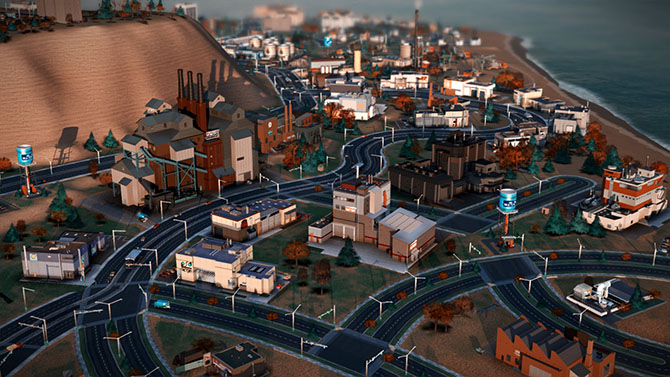 [Image: We Are The Champignons’ industrial zone, carefully positioned downwind of the residential areas].
[Image: We Are The Champignons’ industrial zone, carefully positioned downwind of the residential areas].





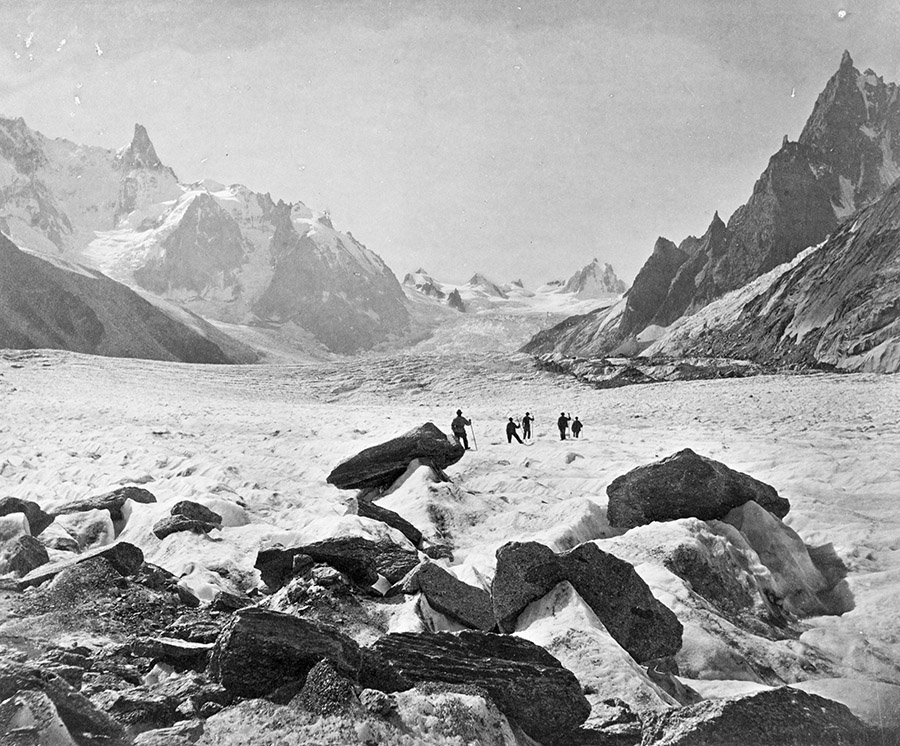
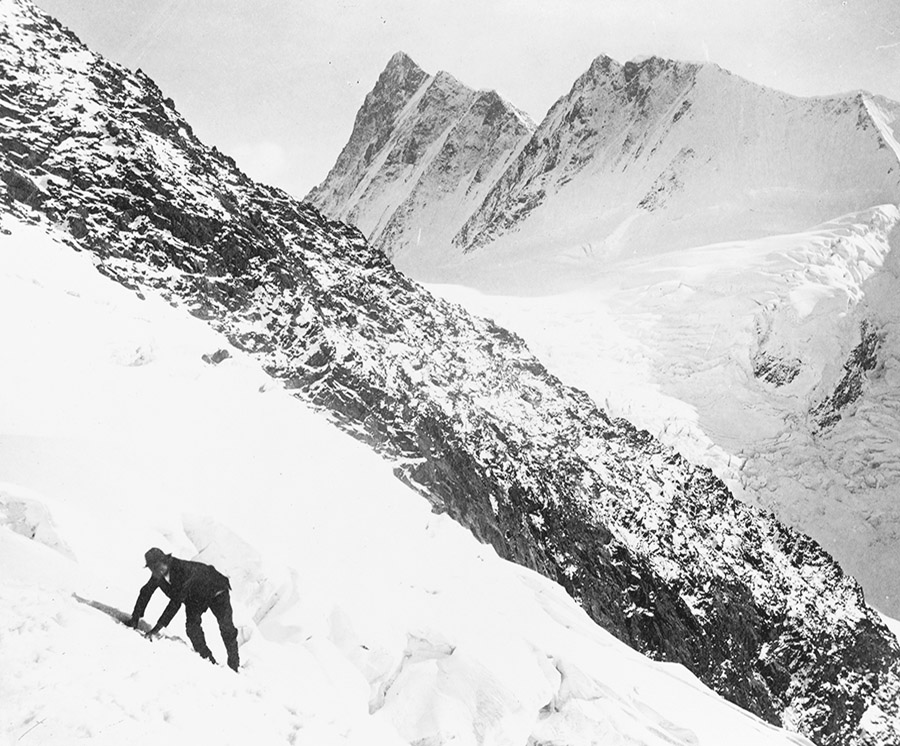
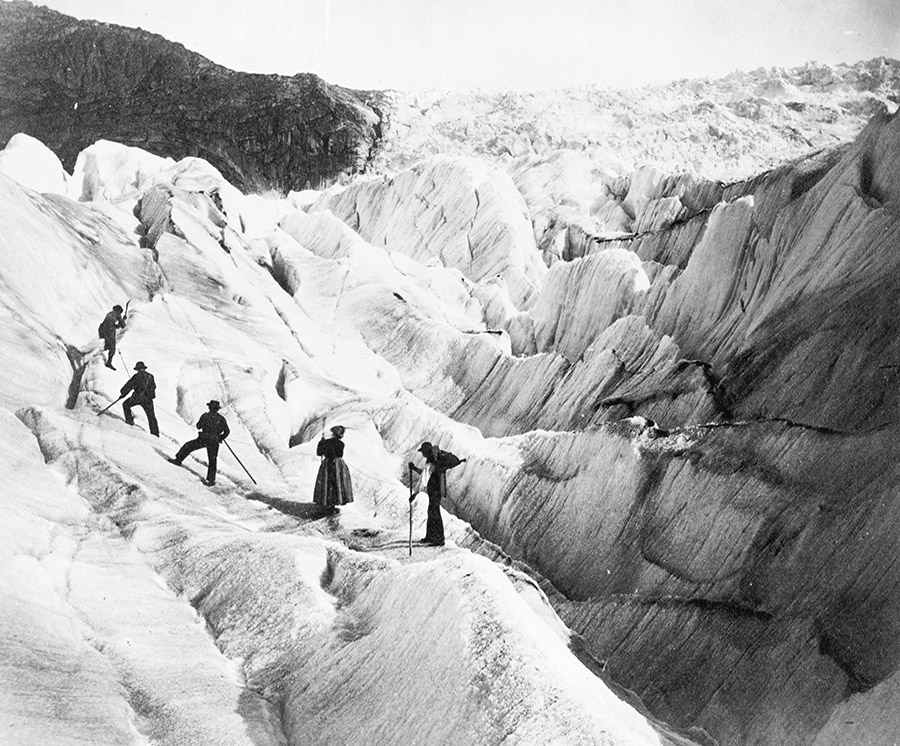




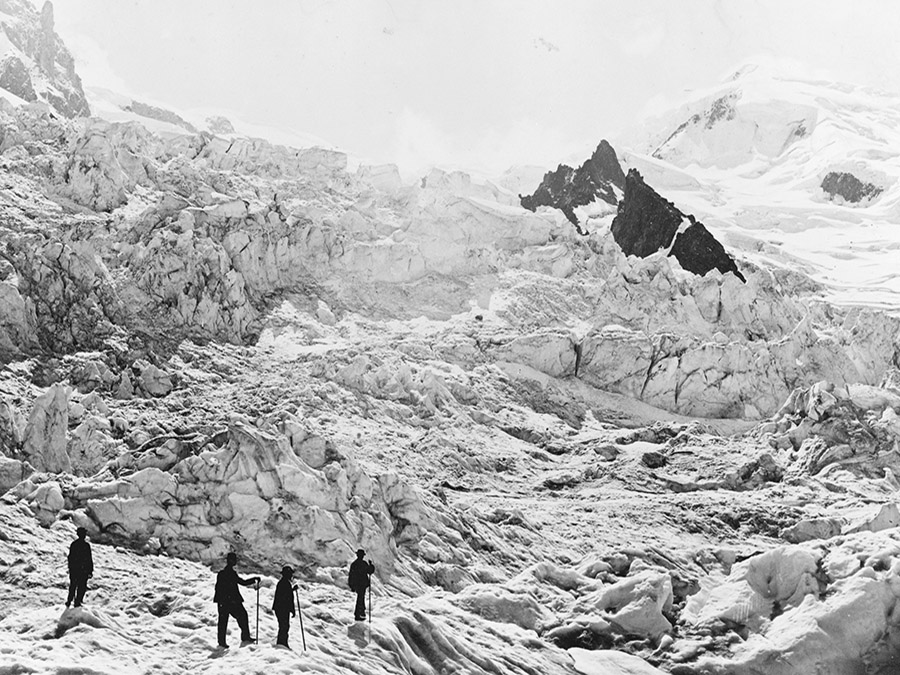


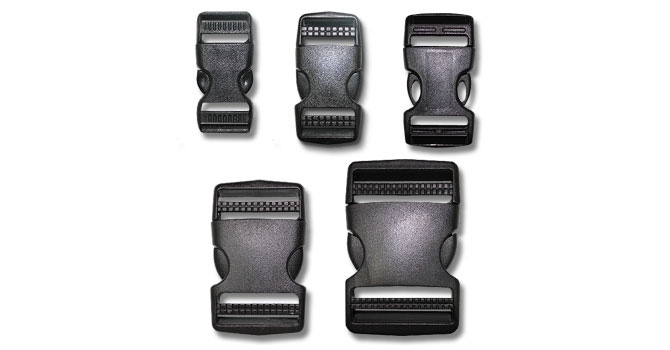


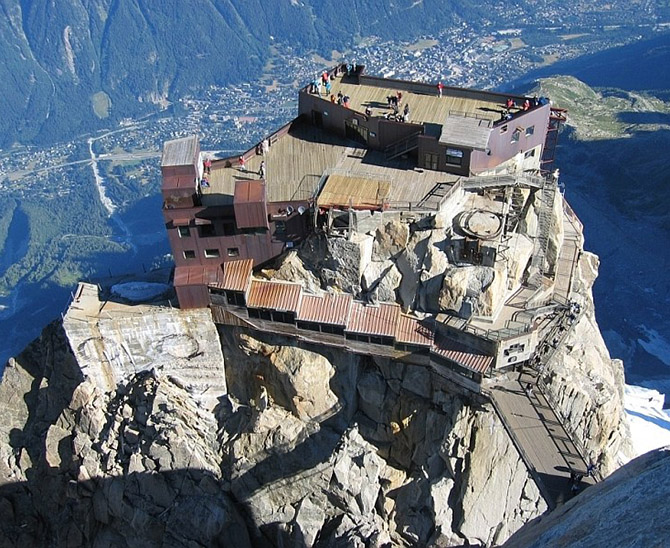








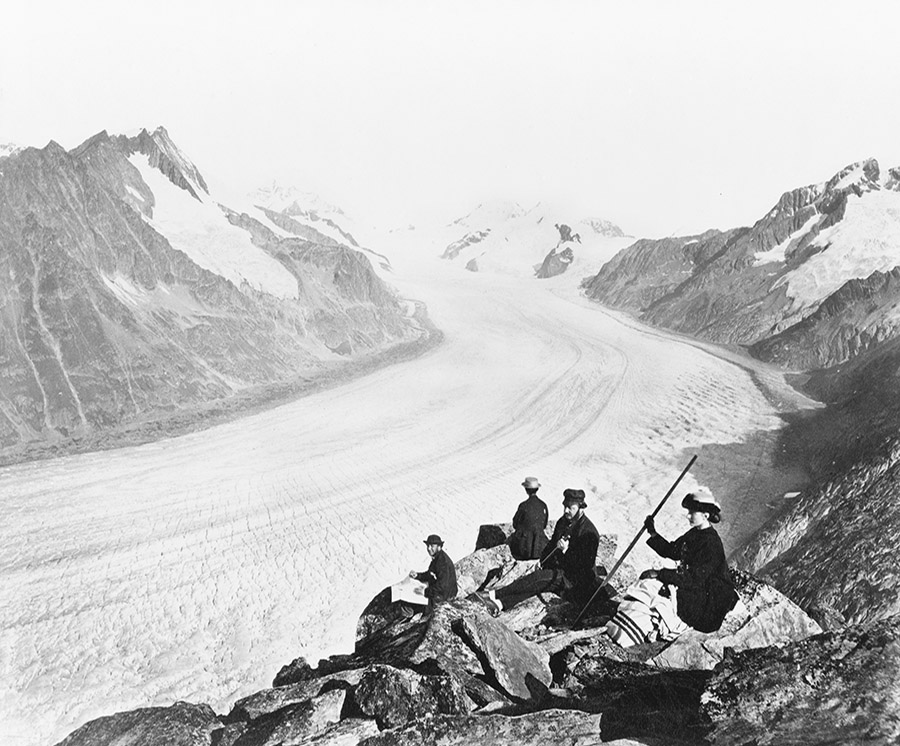
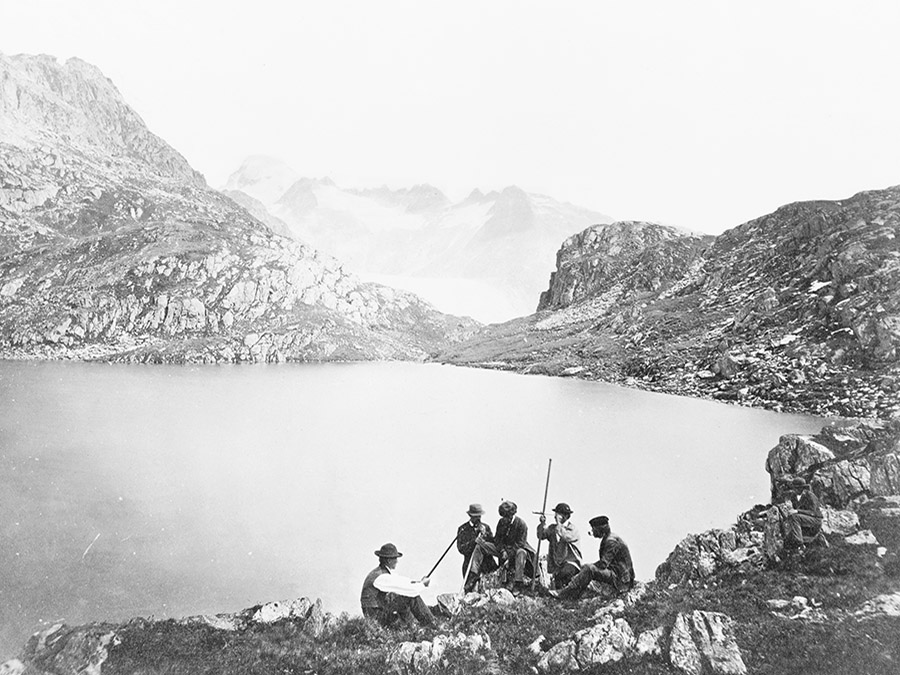


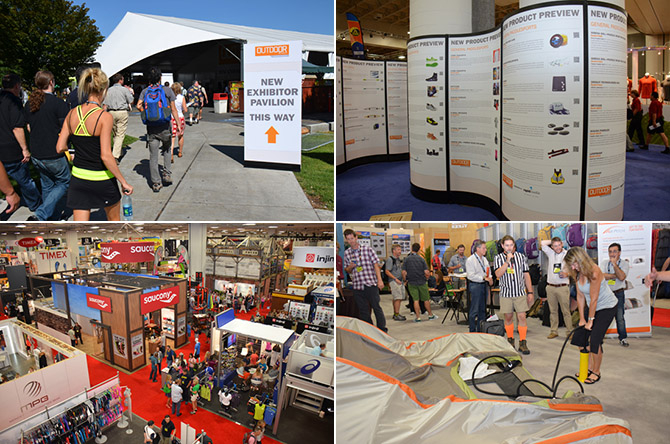



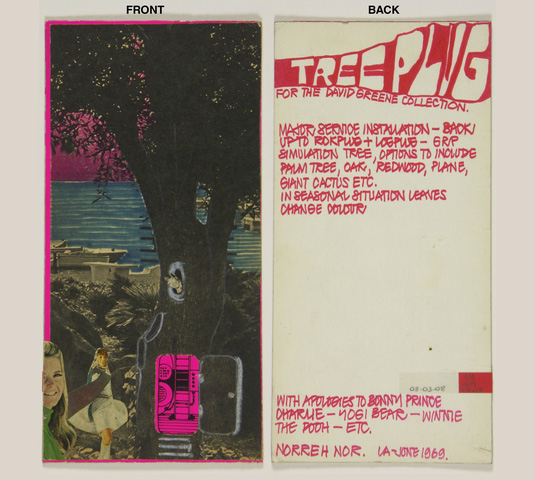






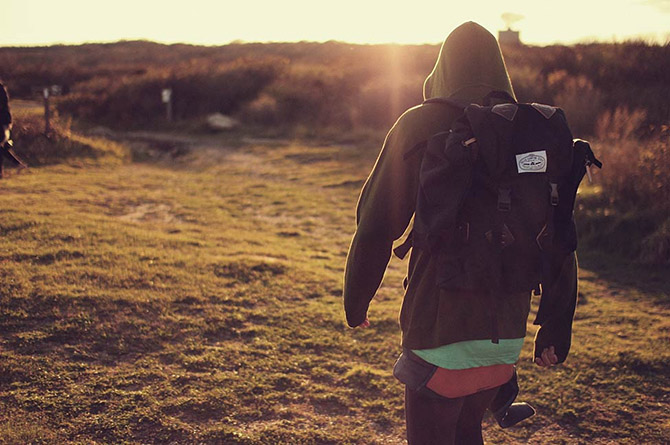




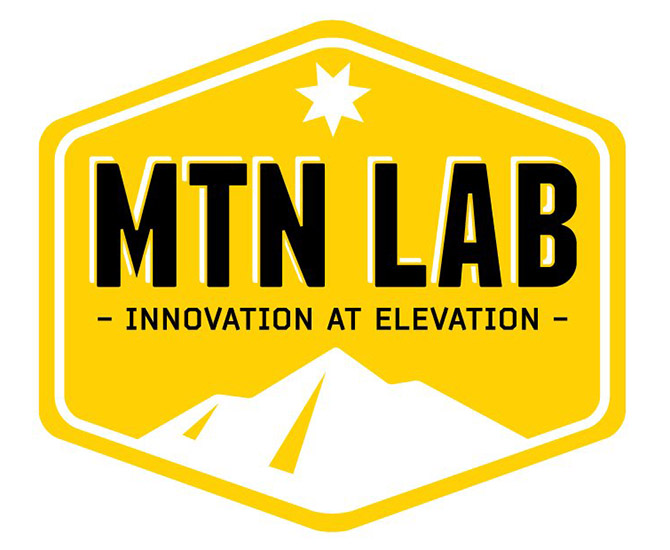



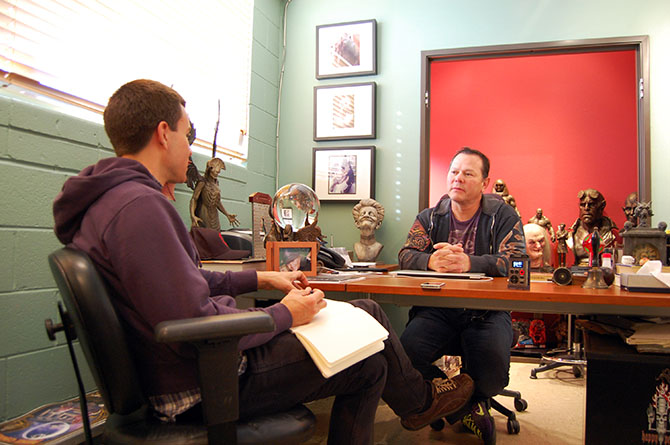








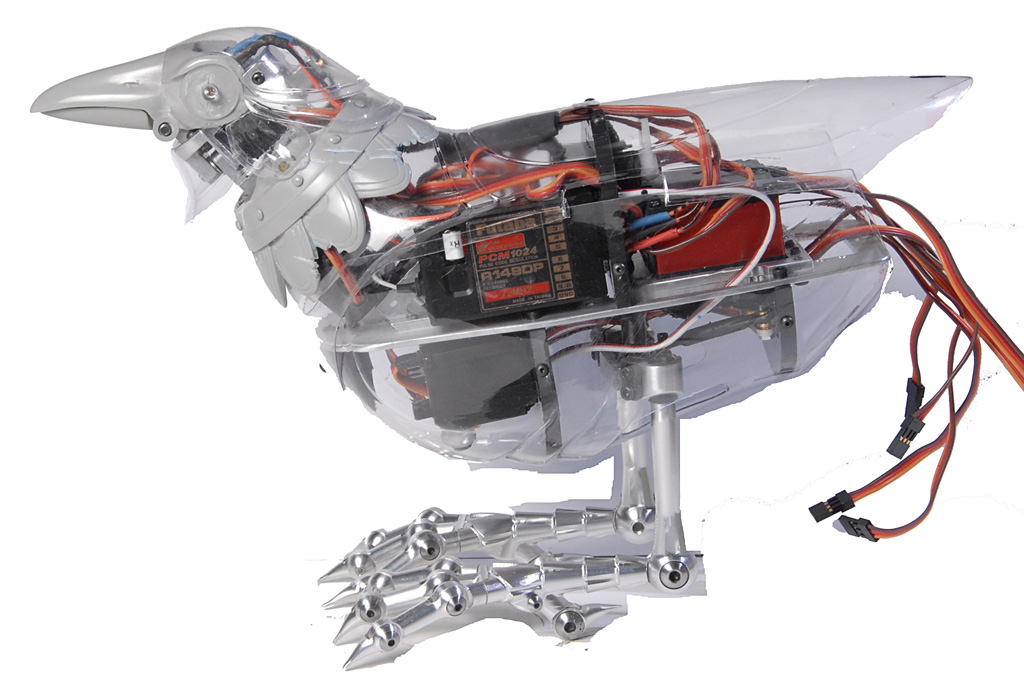
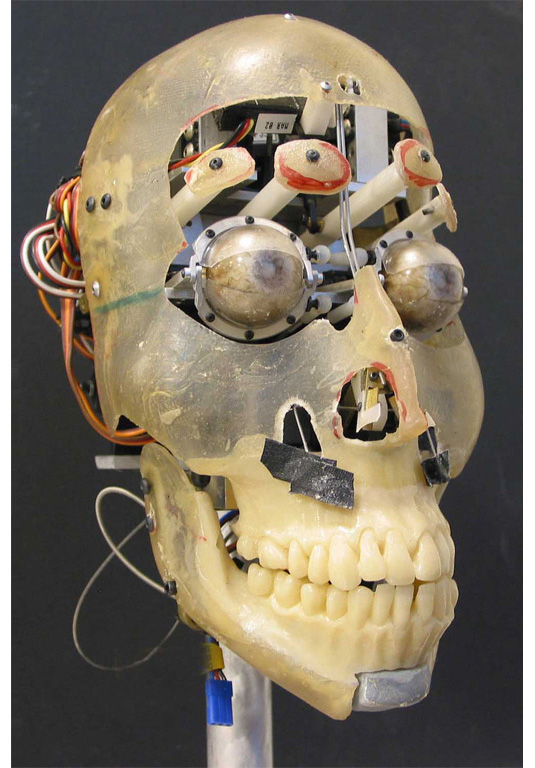
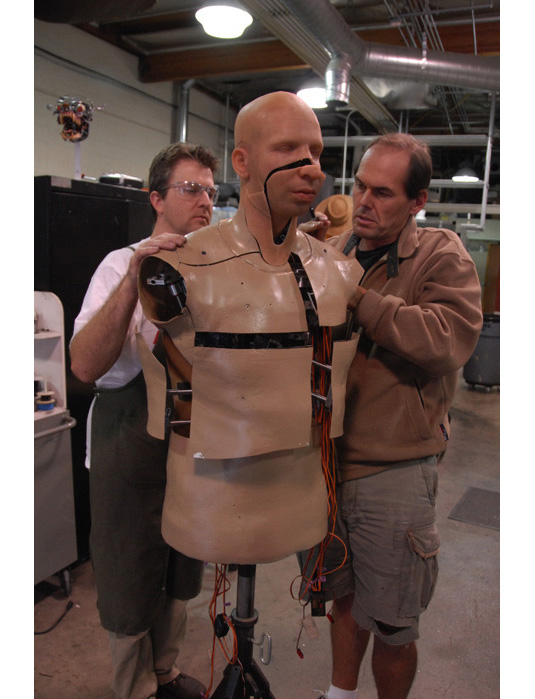





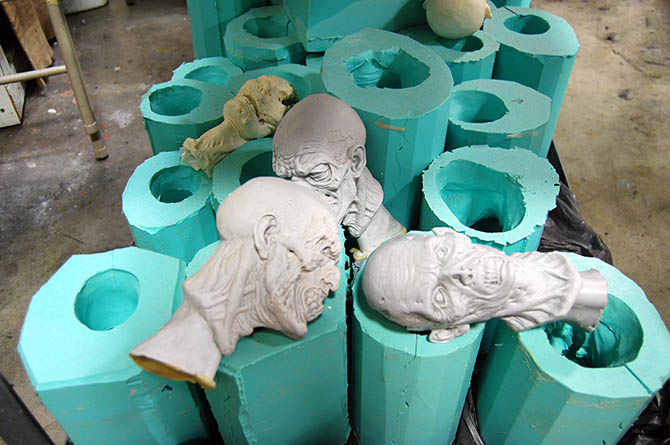
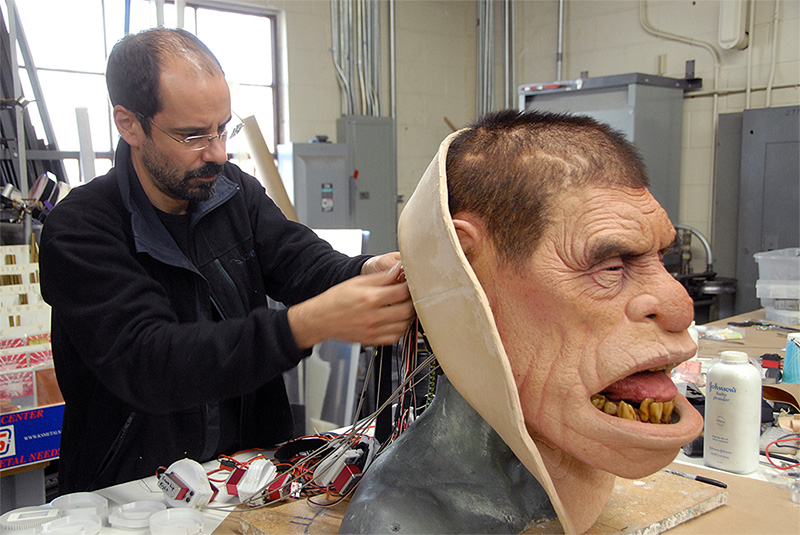
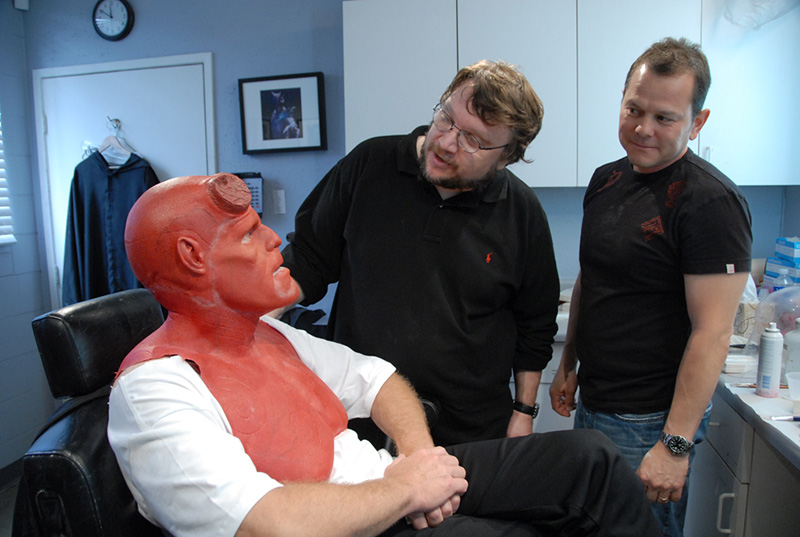
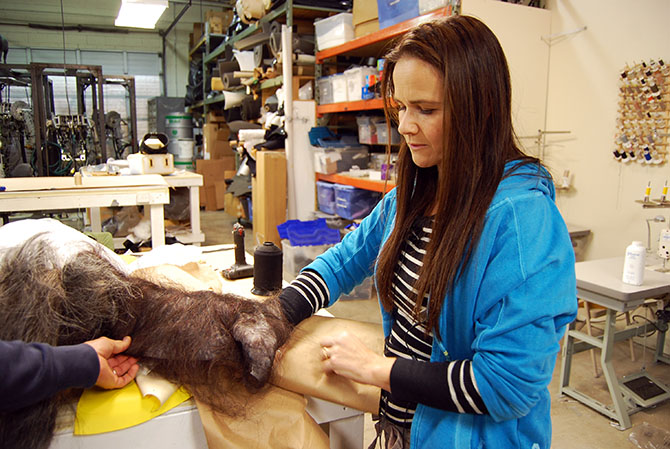




 [Image: From
[Image: From 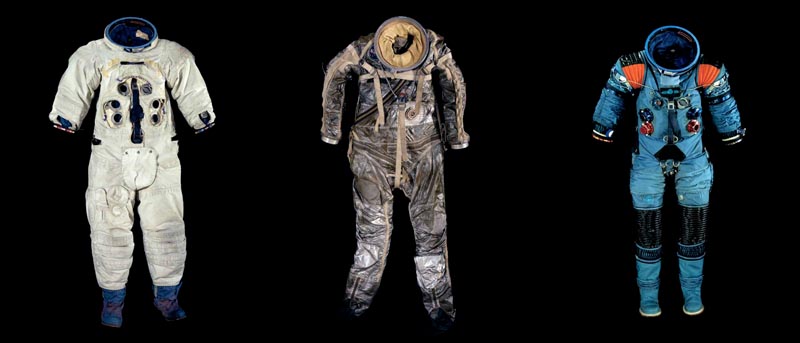 [Image: From
[Image: From 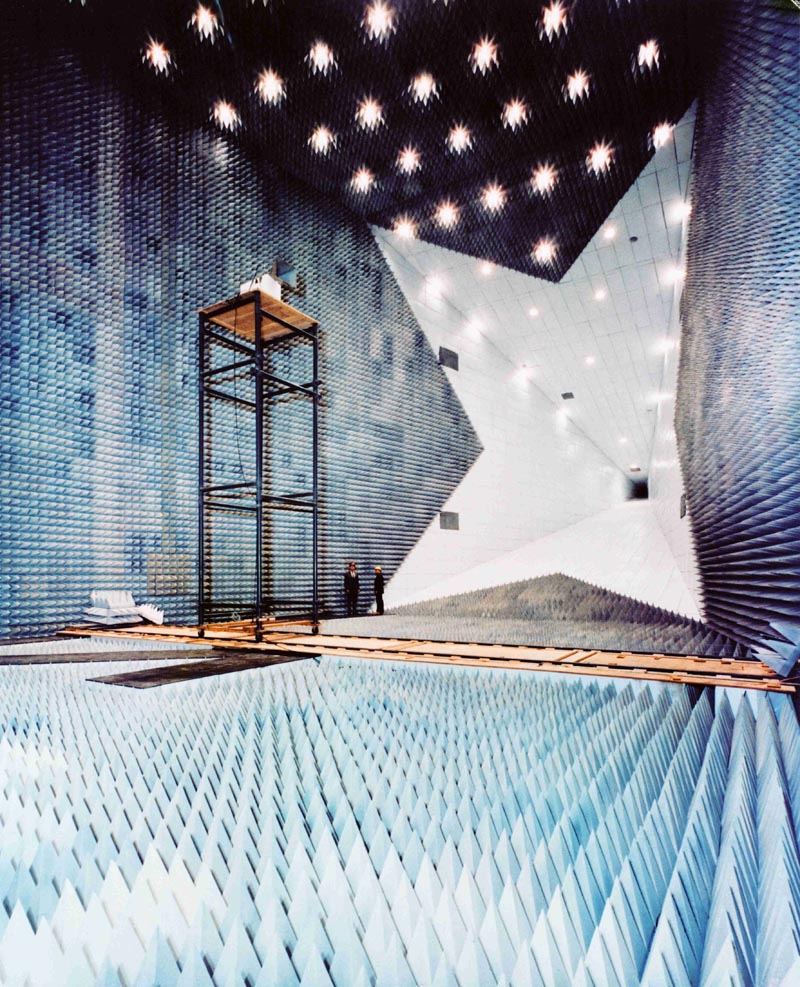 [Image: From
[Image: From 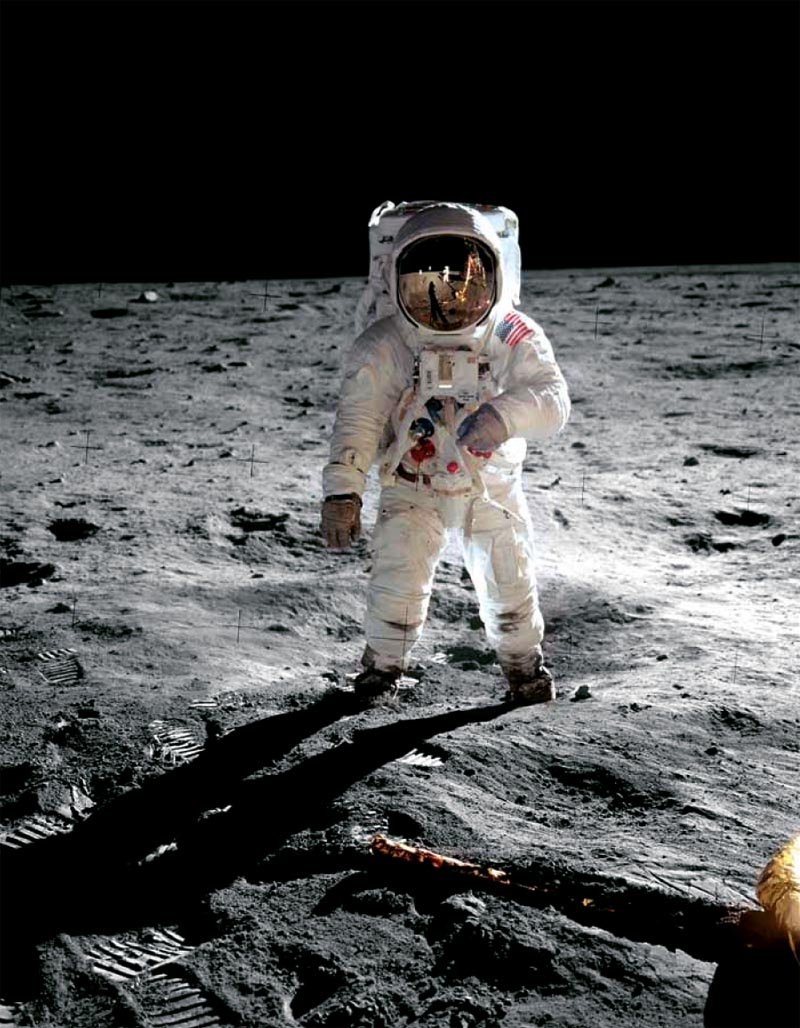 [Image: From
[Image: From 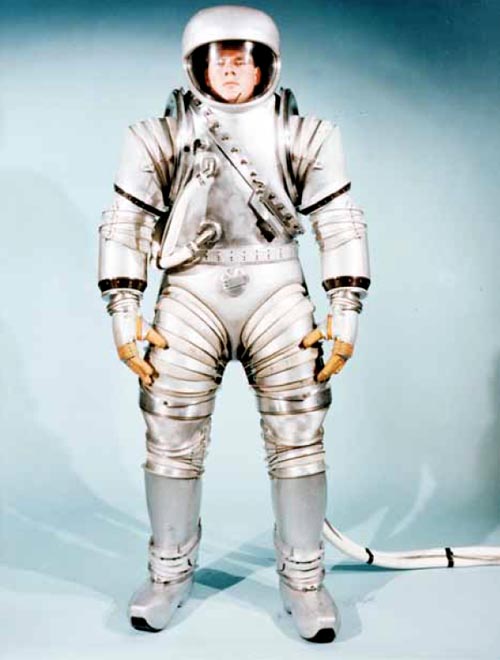
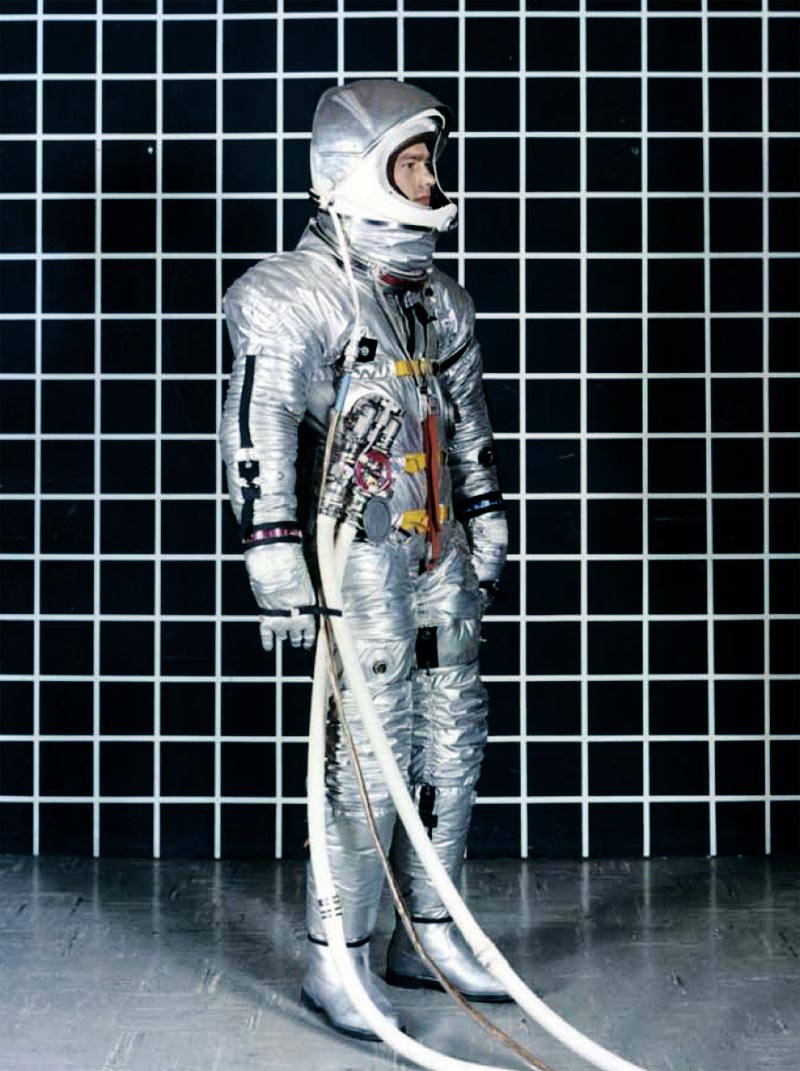 [Images: From
[Images: From 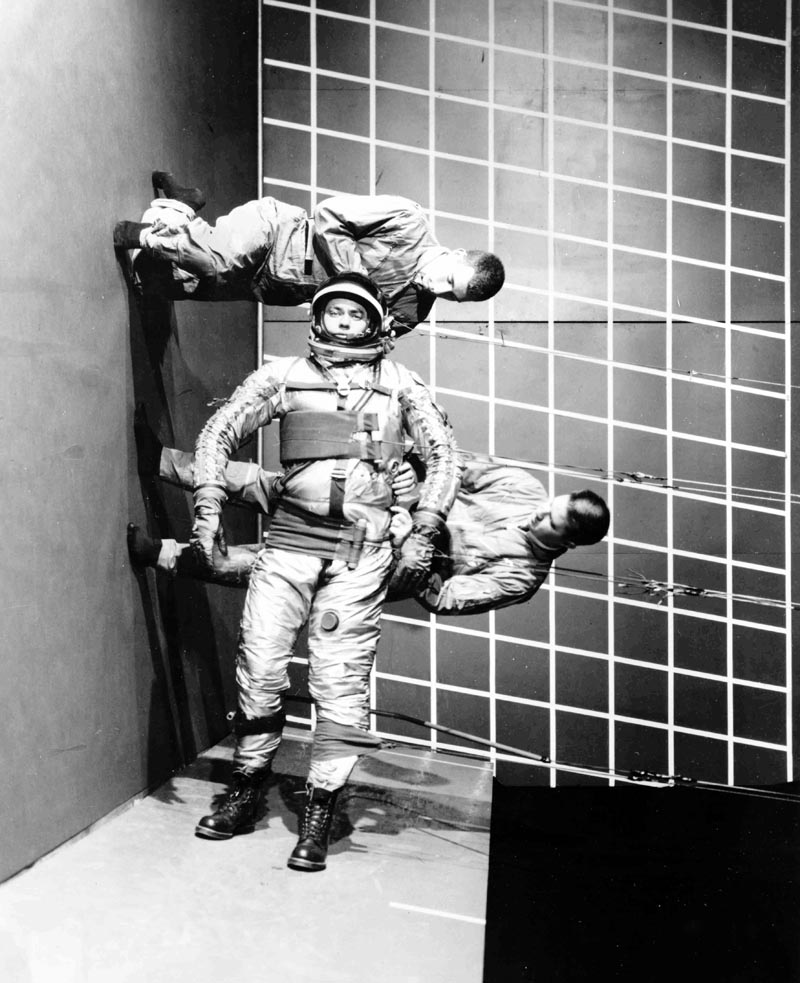
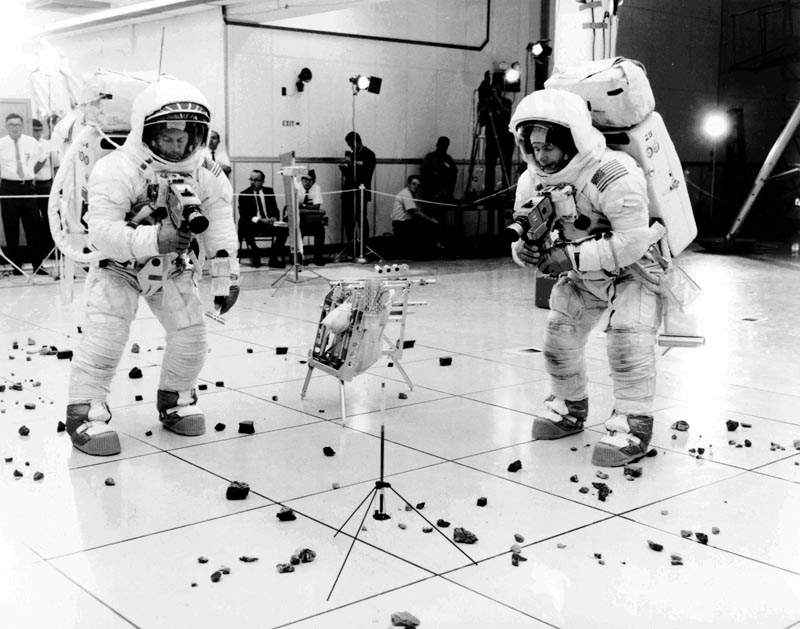
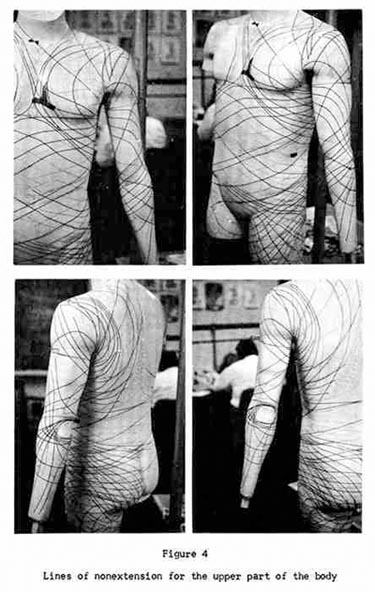
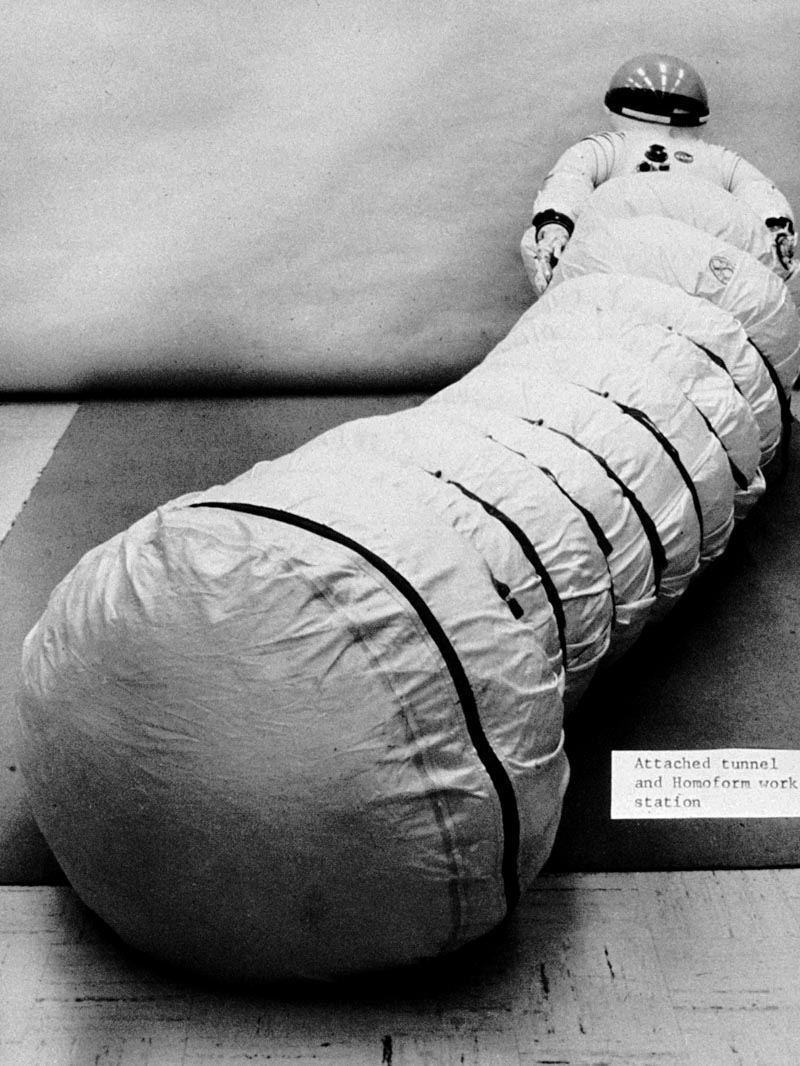 [Images: From
[Images: From 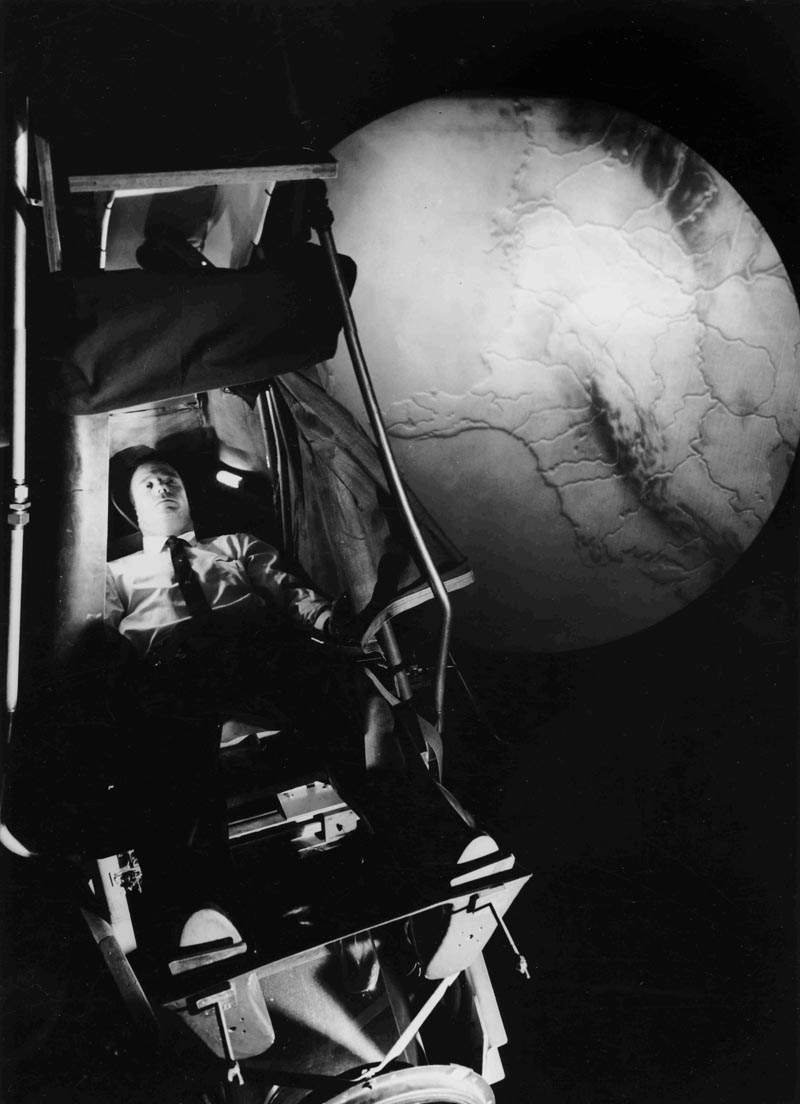
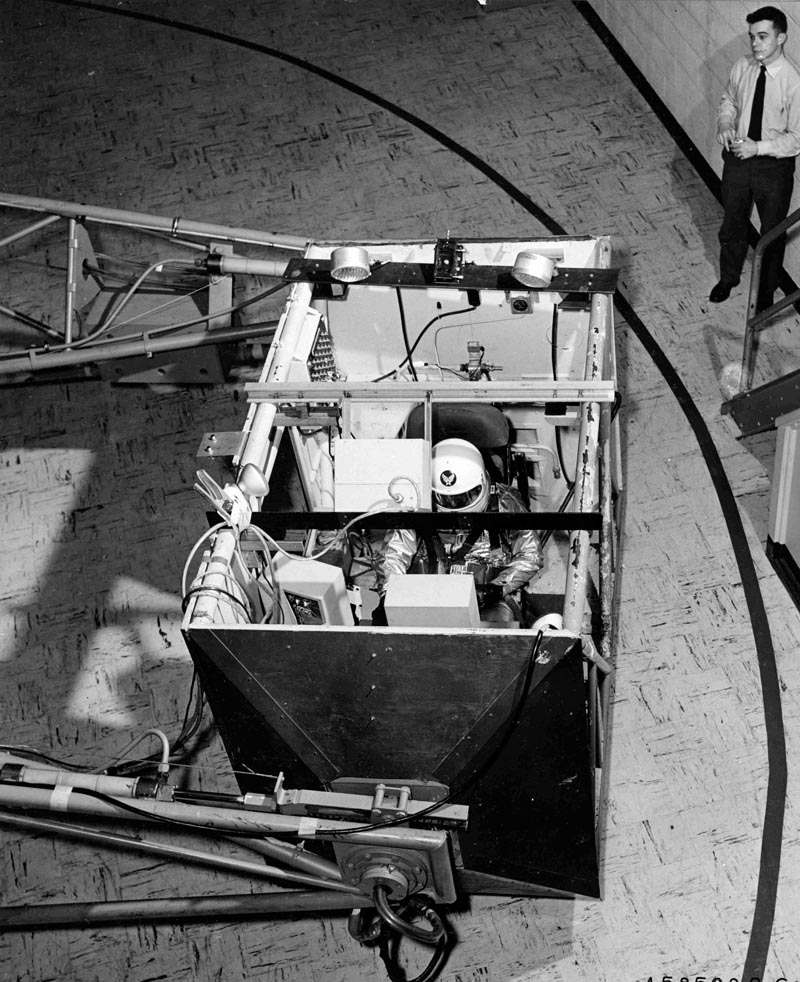
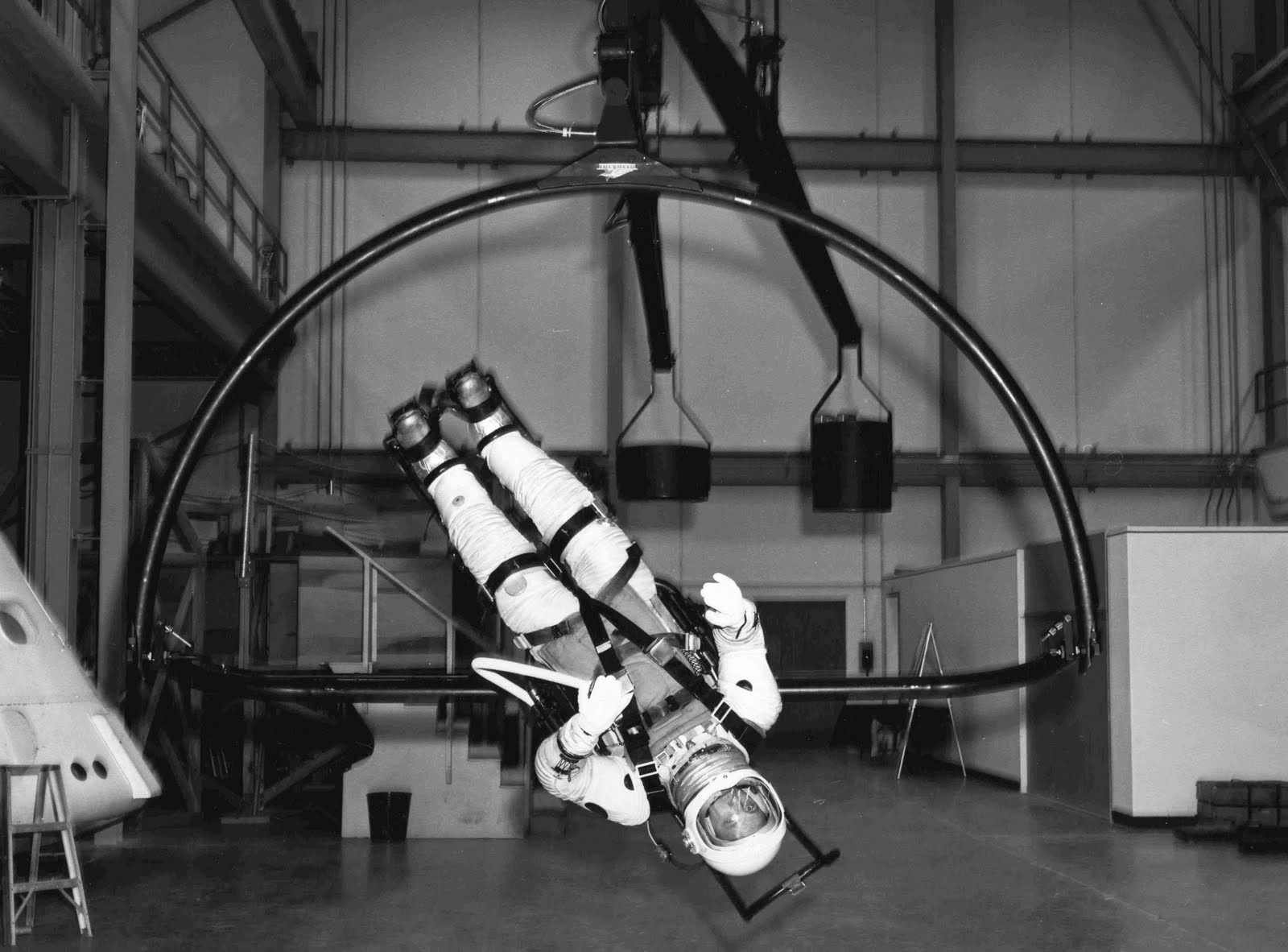
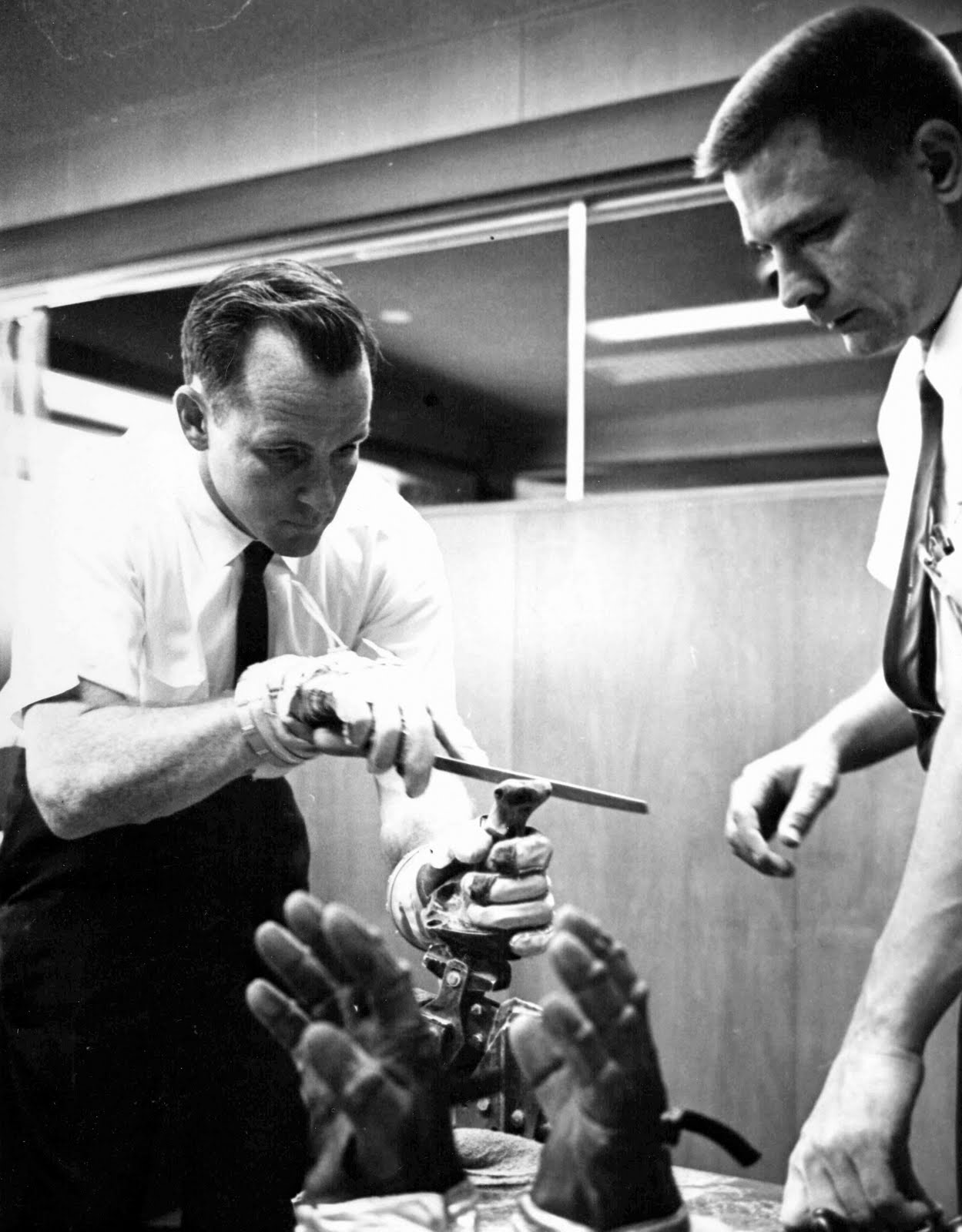 [Images: From
[Images: From 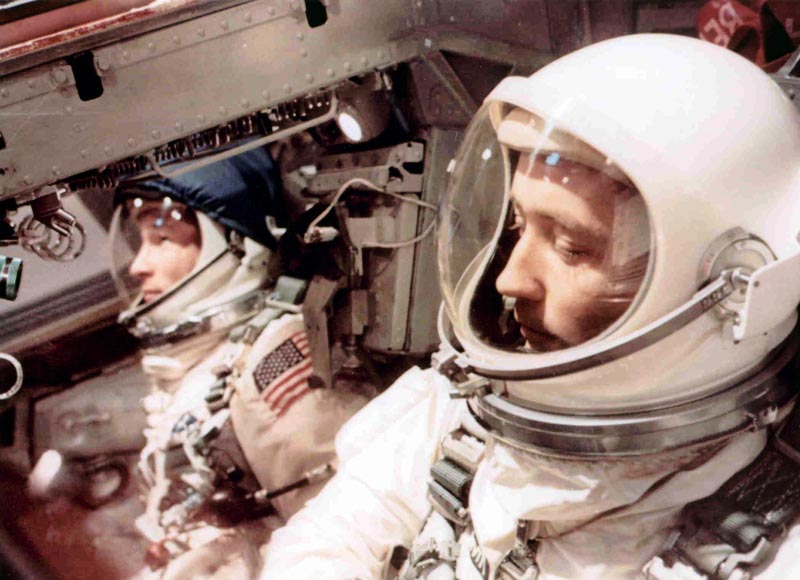
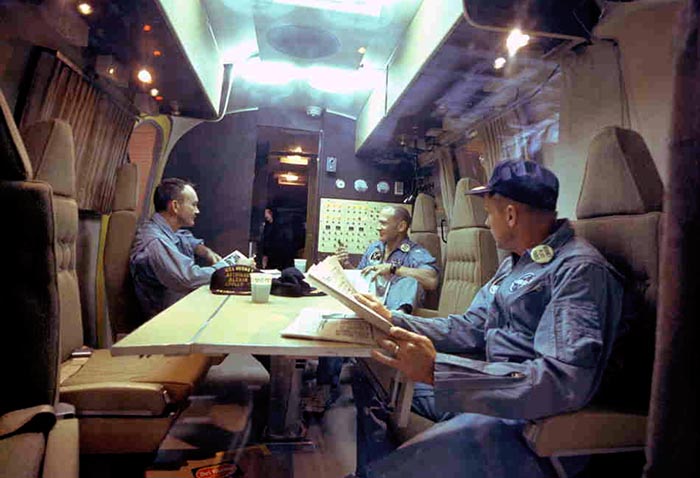 [Images: From
[Images: From 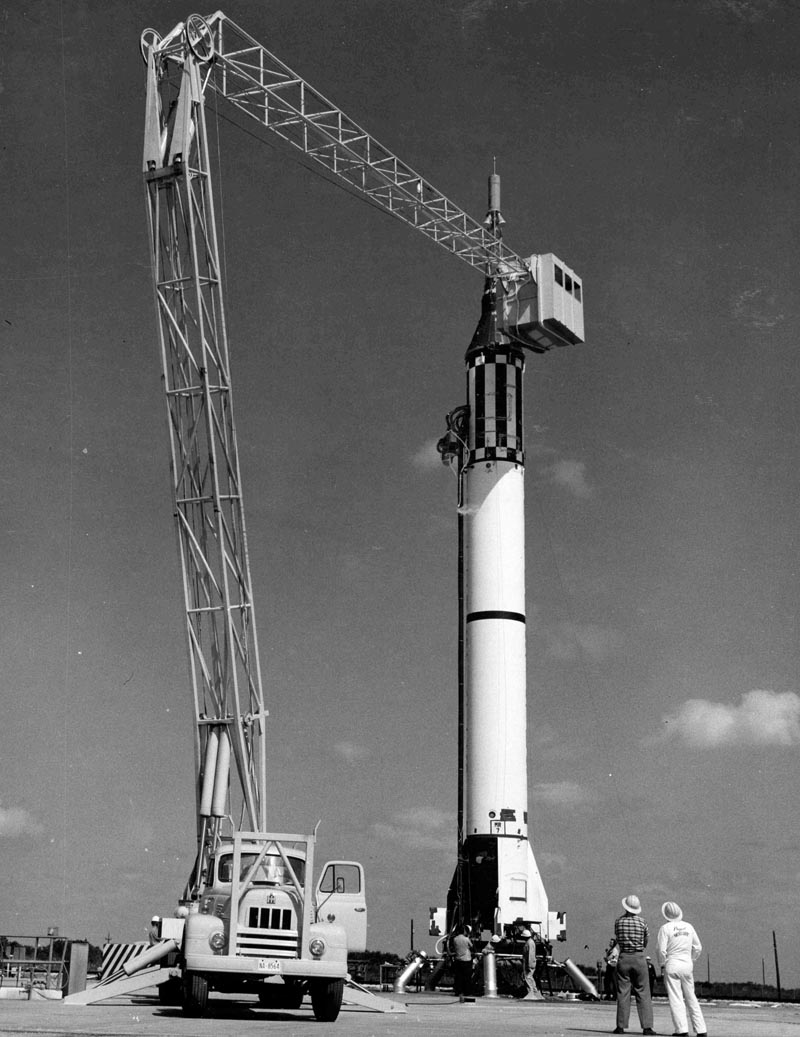
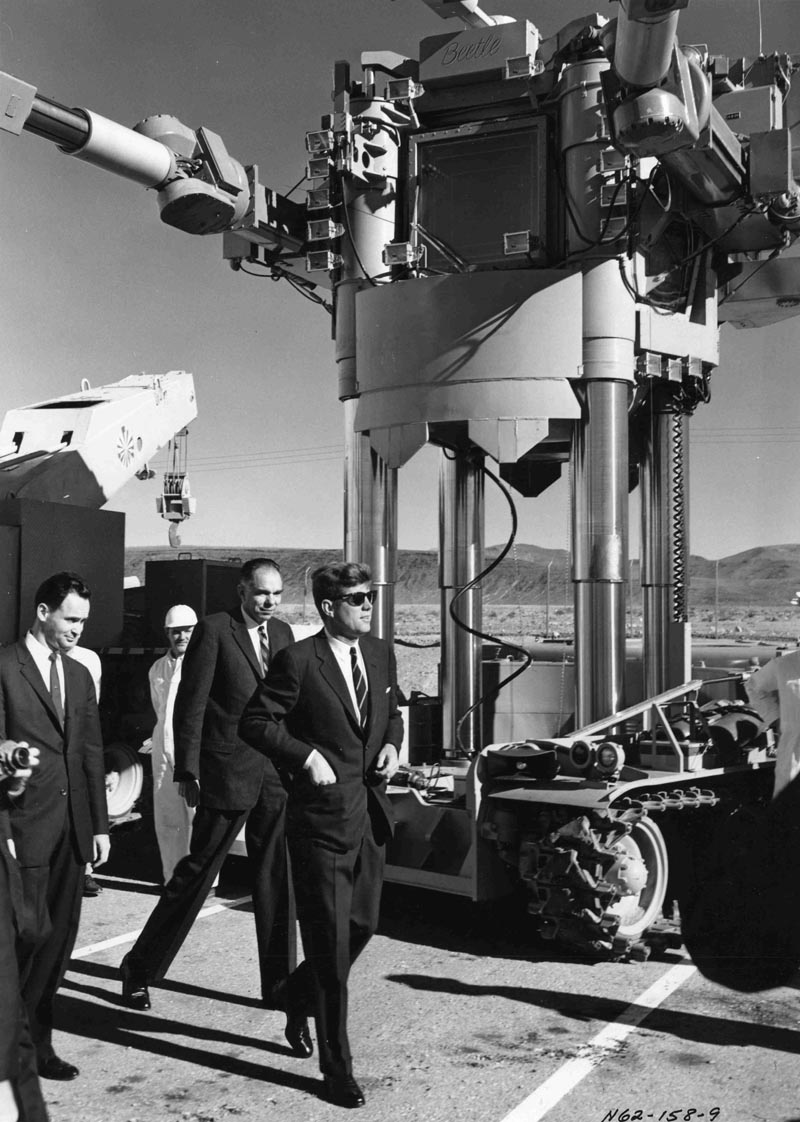
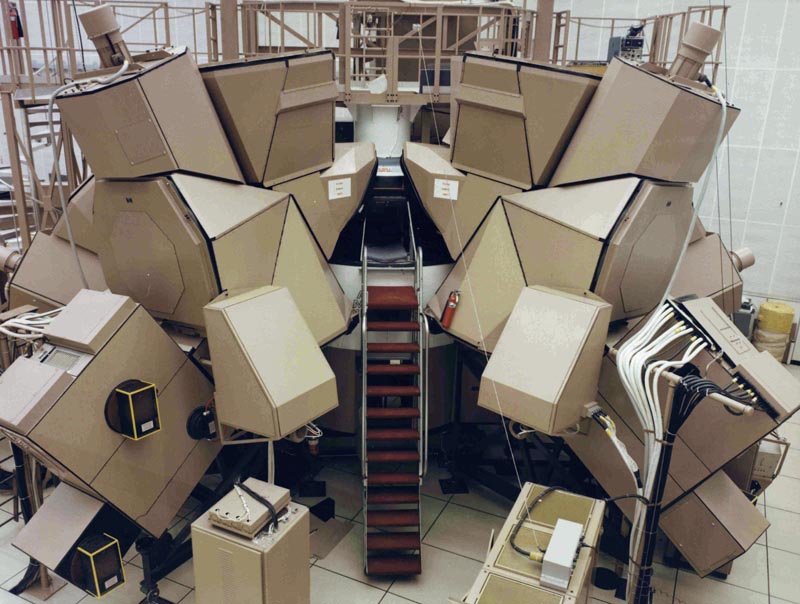
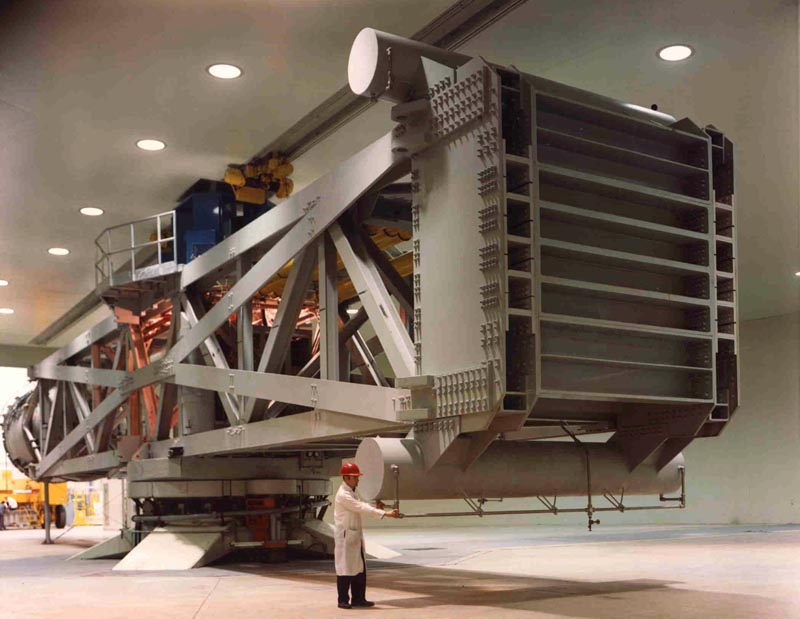
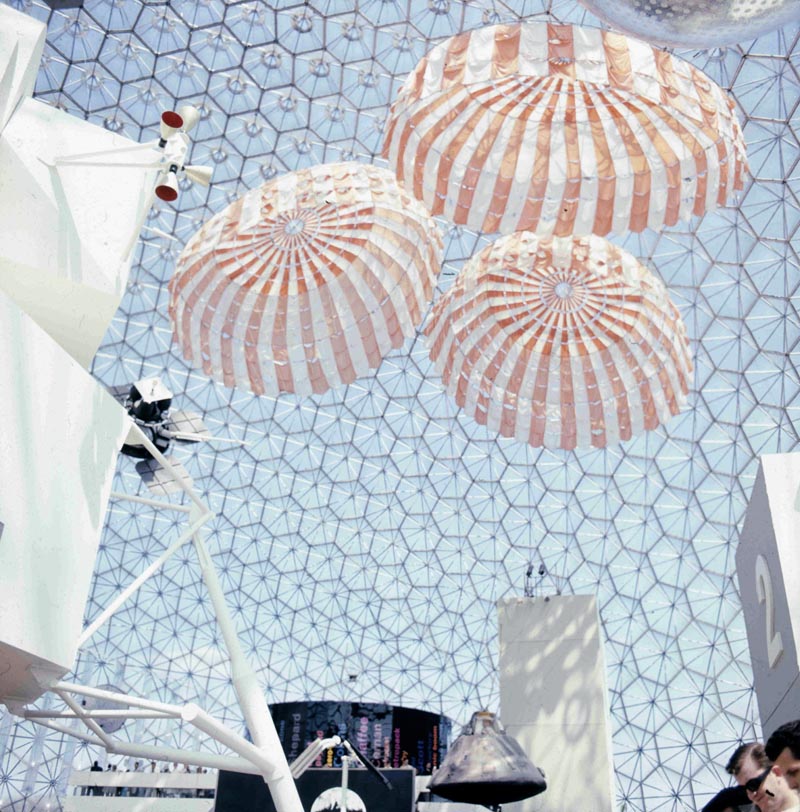 [Images: From
[Images: From 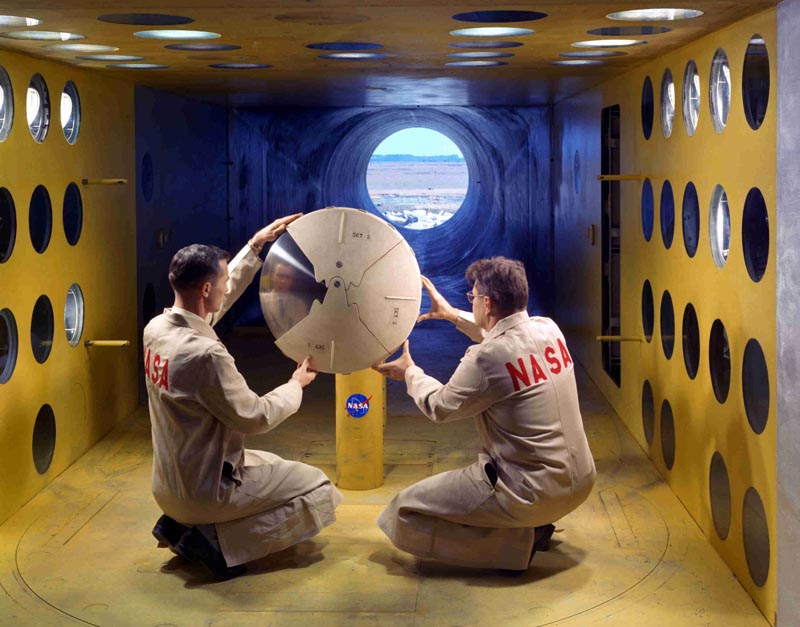 [Image: From
[Image: From 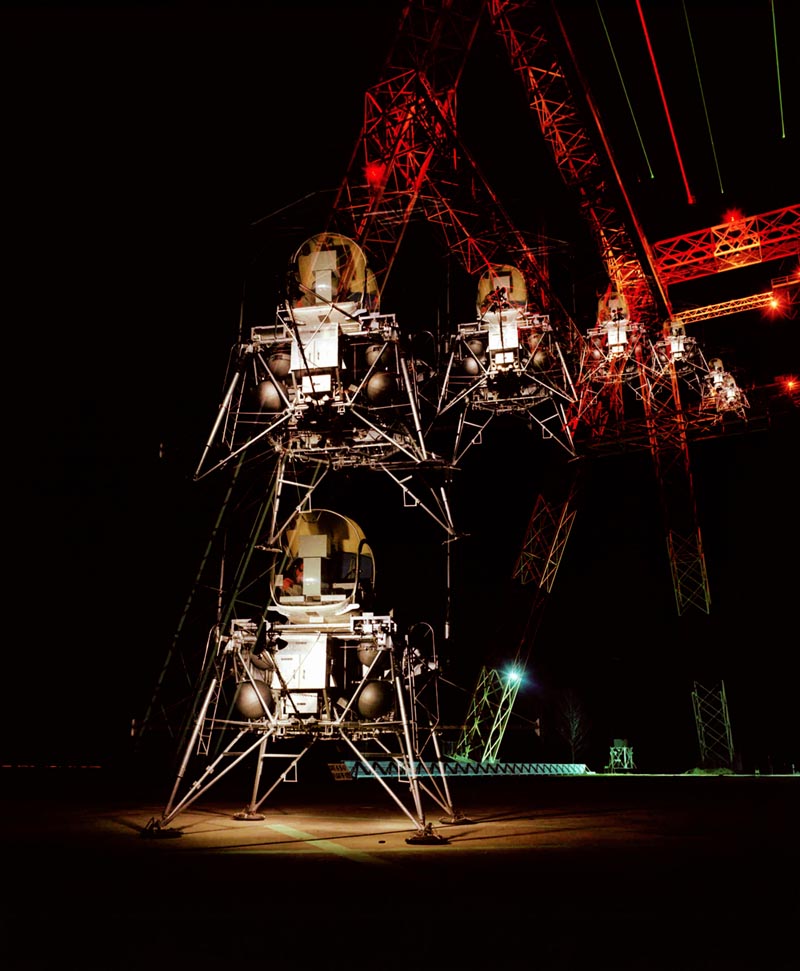
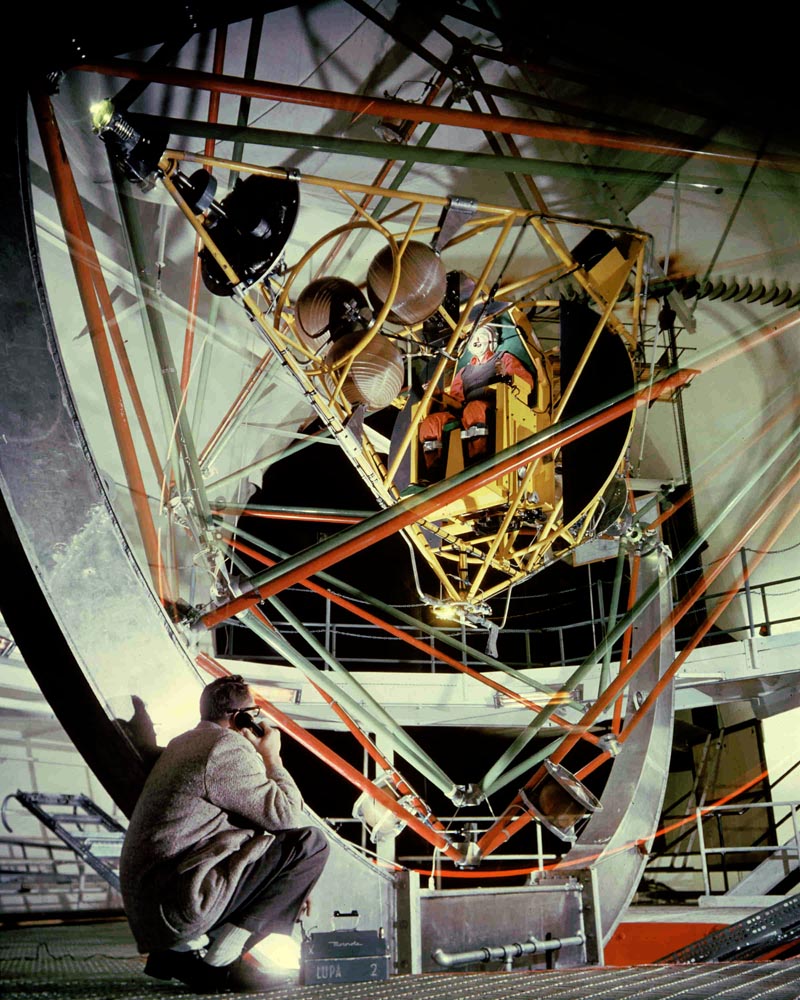 [Images: From
[Images: From 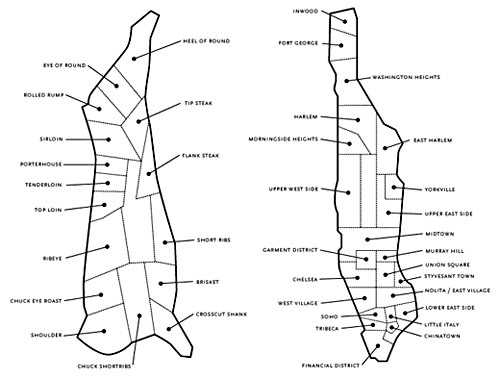 [Image: From “
[Image: From “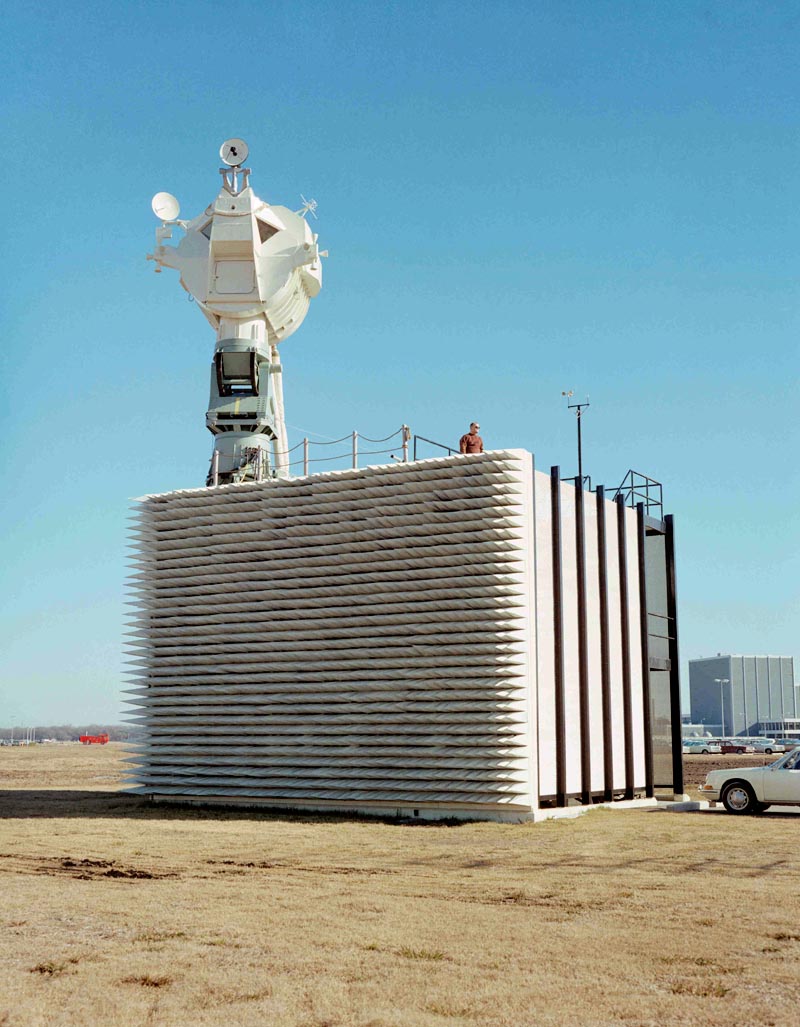
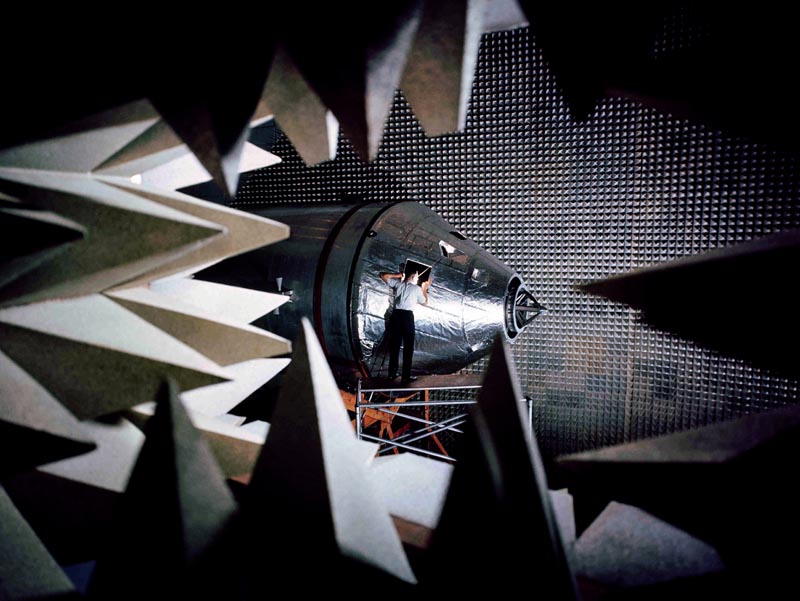 [Images: From
[Images: From 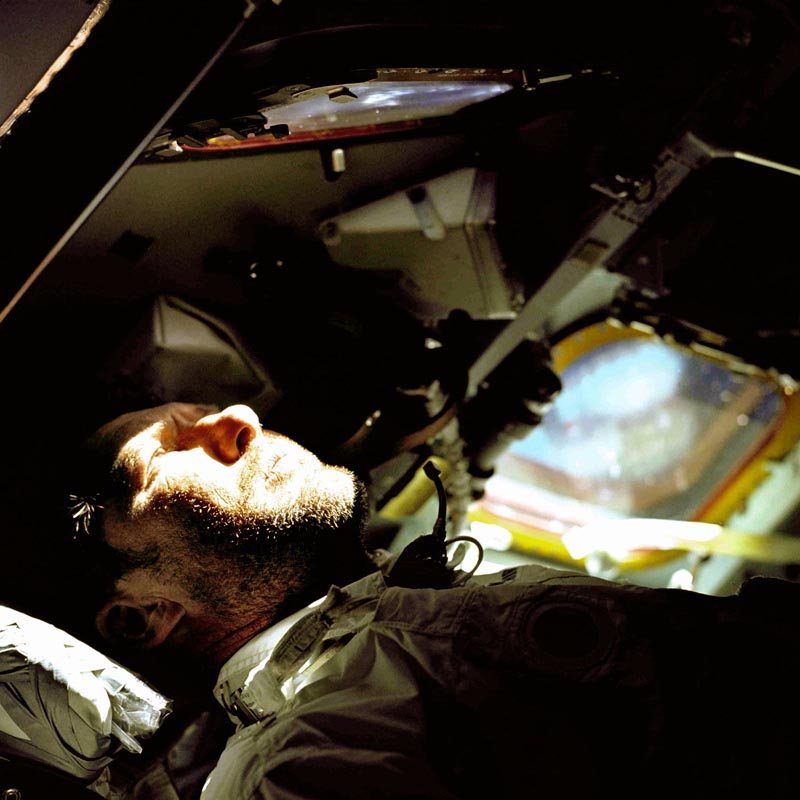 [Image: From
[Image: From 
 In his 2000 novel
In his 2000 novel 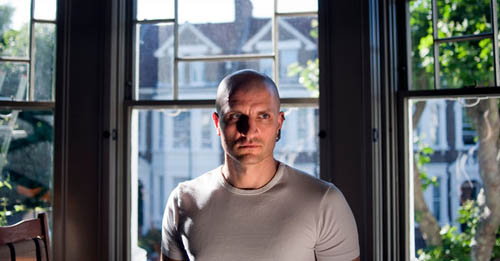 [Image: China Miéville, photographed by
[Image: China Miéville, photographed by  BLDGBLOG: Something that struck me very strongly about the book was that you manage to achieve the feel of a fantasy or science fiction story simply through the description of a very convoluted political scenario. The book doesn’t rely on monsters, non-humans, magical technologies, and so on; it’s basically a work of political science fiction.
BLDGBLOG: Something that struck me very strongly about the book was that you manage to achieve the feel of a fantasy or science fiction story simply through the description of a very convoluted political scenario. The book doesn’t rely on monsters, non-humans, magical technologies, and so on; it’s basically a work of political science fiction.  [Image: The marbled intra-national sovereignties of
[Image: The marbled intra-national sovereignties of 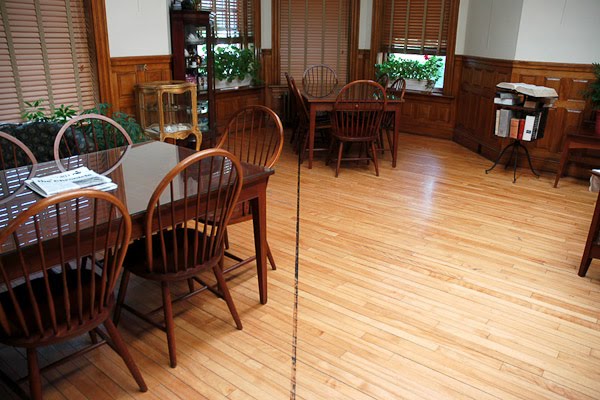 [Image: The international border between the U.S. and Canada passes through the center of a library; photo courtesy of the
[Image: The international border between the U.S. and Canada passes through the center of a library; photo courtesy of the 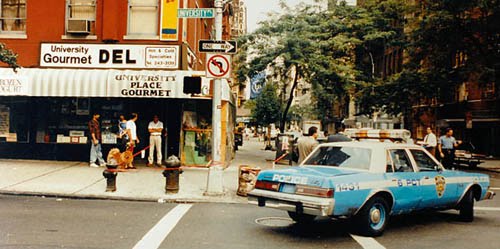 [Image: “The way a cop inhabits the city is doubtless a fascinating thing…” Photo courtesy of the
[Image: “The way a cop inhabits the city is doubtless a fascinating thing…” Photo courtesy of the 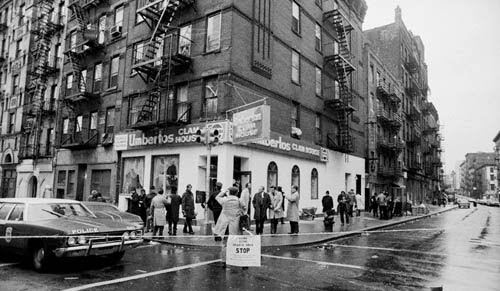

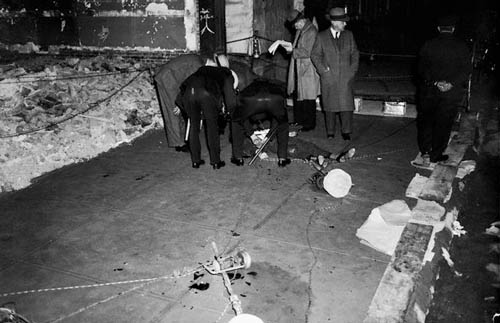 [Images: New York City crime scene photographs].
[Images: New York City crime scene photographs].  [Image: Art by Vincent Chong for the Subterranean Press edition of
[Image: Art by Vincent Chong for the Subterranean Press edition of 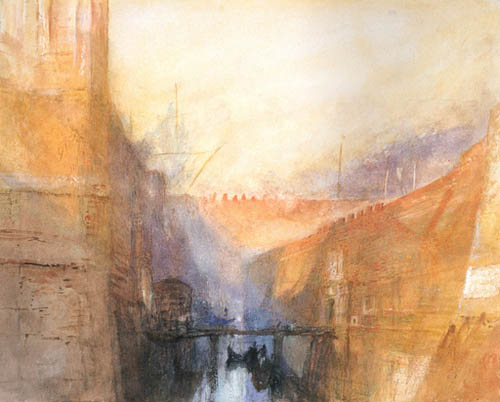 [Image: “An Imaginary View of the Arsenale” by J.M.W. Turner, courtesy of the
[Image: “An Imaginary View of the Arsenale” by J.M.W. Turner, courtesy of the  [Image: Mapping old London].
[Image: Mapping old London].